At the turn of the 20th-century, expansion abruptly stopped in Spokane, and the population also declined. Local people and organizations lost control of regional mines and resources to national corporations, which diverted capital outside of Spokane and decreased investment and growth opportunities in the city. The stagnation created unrest among the area’s unemployed, who were victimized by “job sharks” who charged fees for signing up workers. It was well known that job sharks and employment agencies would cheat itinerant workers by bribing them to fire entire work crews periodically, generating repeat fees for themselves.
Spokane’s economy became dominated by agriculture and logging after the decline of mining at the turn of the 20th century. In northern Idaho and southern British Columbia, the logging industry was fueled by population growth and homes, railroads, and mines. Spokane became a notable leader in manufacturing doors, window sashes, blinds, and other planning mill products. Despite being overshadowed by large timbered areas west of the Cascades and facing stiff competition from rail freight rates. Spokane had higher rail freight rates than coastal seaport cities such as Seattle and Portland so that Minneapolis merchants could ship first to Seattle and then back to Spokane for less than shipping directly to Spokane, even though the rail line passed through Spokane on the way to the coast.
Below are some fascinating historical photos that will take you back to the 20th century Spokane.
#1 Spokane Club, 1940s
#2 Indian Center, Spokane, 1976
#3 1926 Interstate Coach Company bus, Spokane, 1926
#4 People in front of log building in Mount Spokane State Park, 1930s
#5 Three-story wooden house with gingerbread trim on corner and porch in 2nd Avenue, Spokane, 1968
#6 Comstock Pool, Spokane, 1950
#7 Gonzaga College, 1900s
#8 Streetcar no. 175 in Spokane, 1915
#9 Wendle Fordtown at Division and Wellesley, Spokane, 1960s
#10 John A Finch House, Browne’s Addition, 1900s
#11 Monroe Street bridge, Spokane, 1960s
#12 Spokane County Courthouse, 1900s
#13 Sunset Highway to Spokane, 1940s
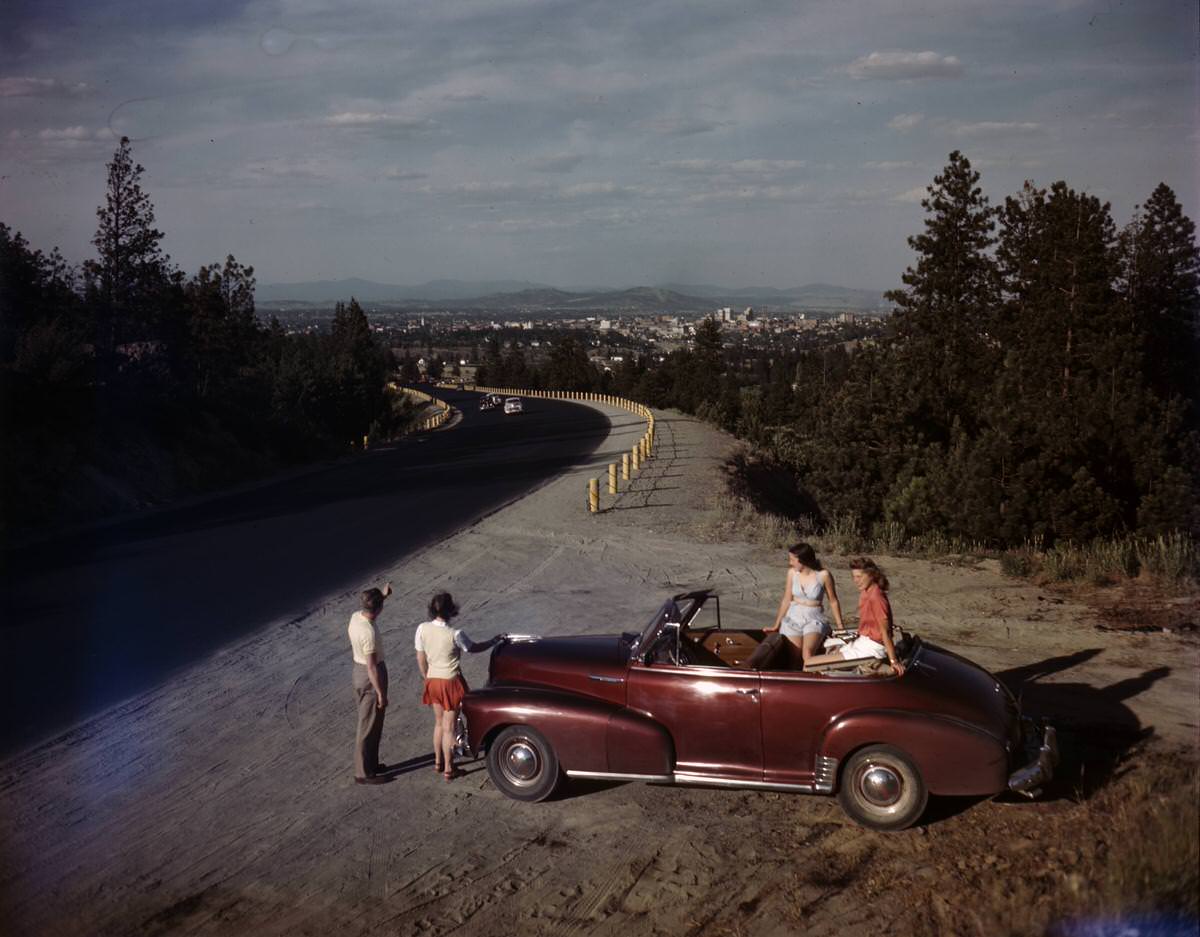
Image shows the Western approach to Spokane, Washington on the Sunset Highway. A red convertible is parked on the side of the road, and a man and woman stand outside of the car looking toward Spokane. Two more women are seated inside the convertible. Spokane can be seen in the distance.


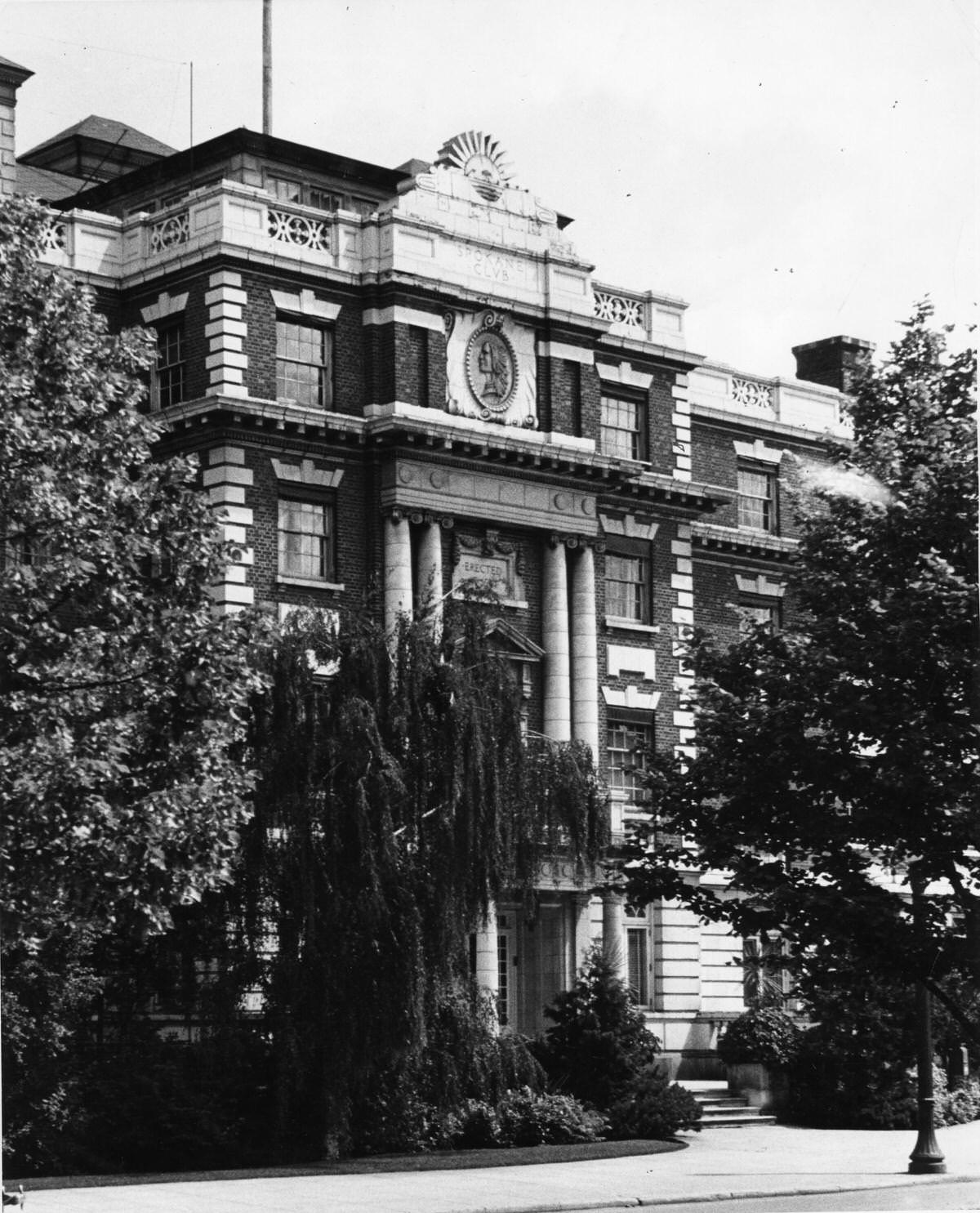
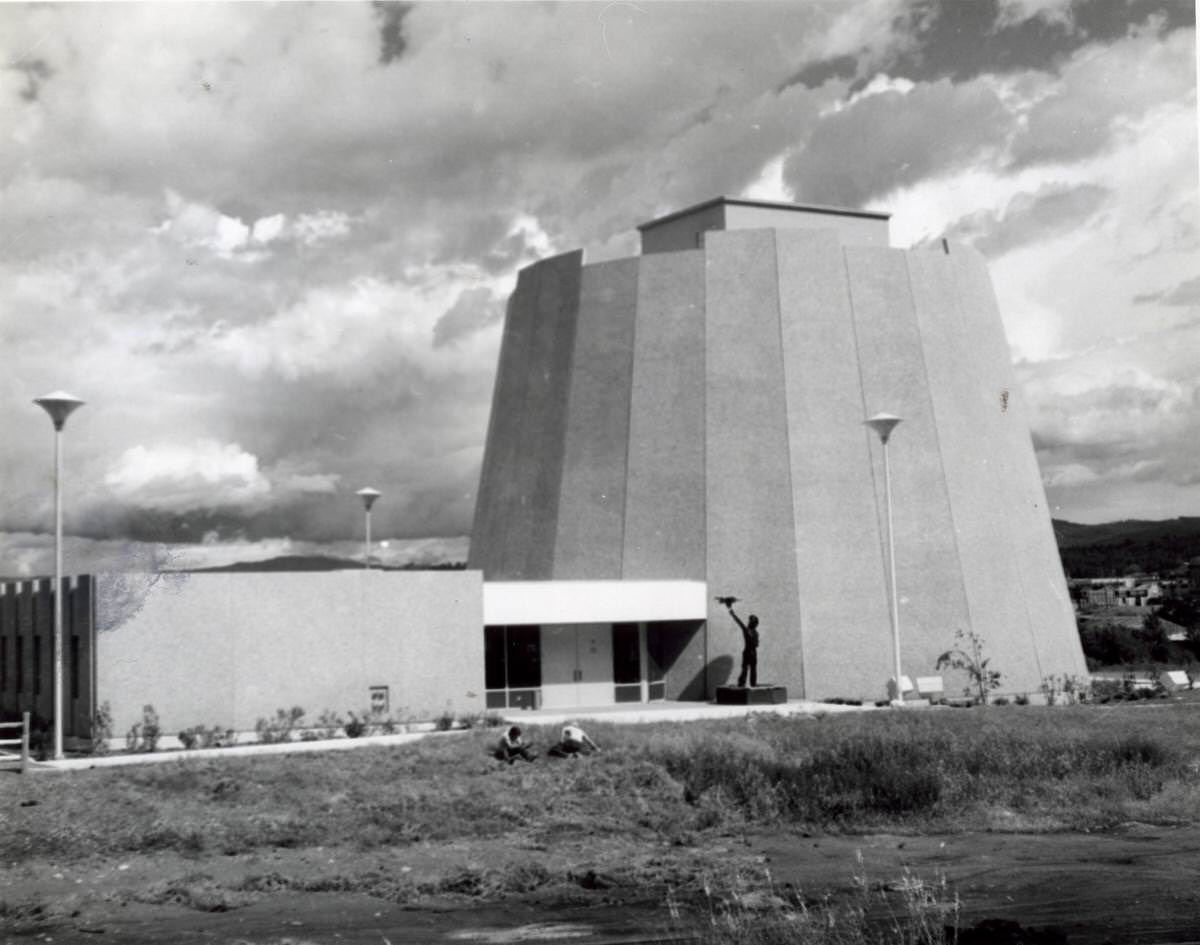
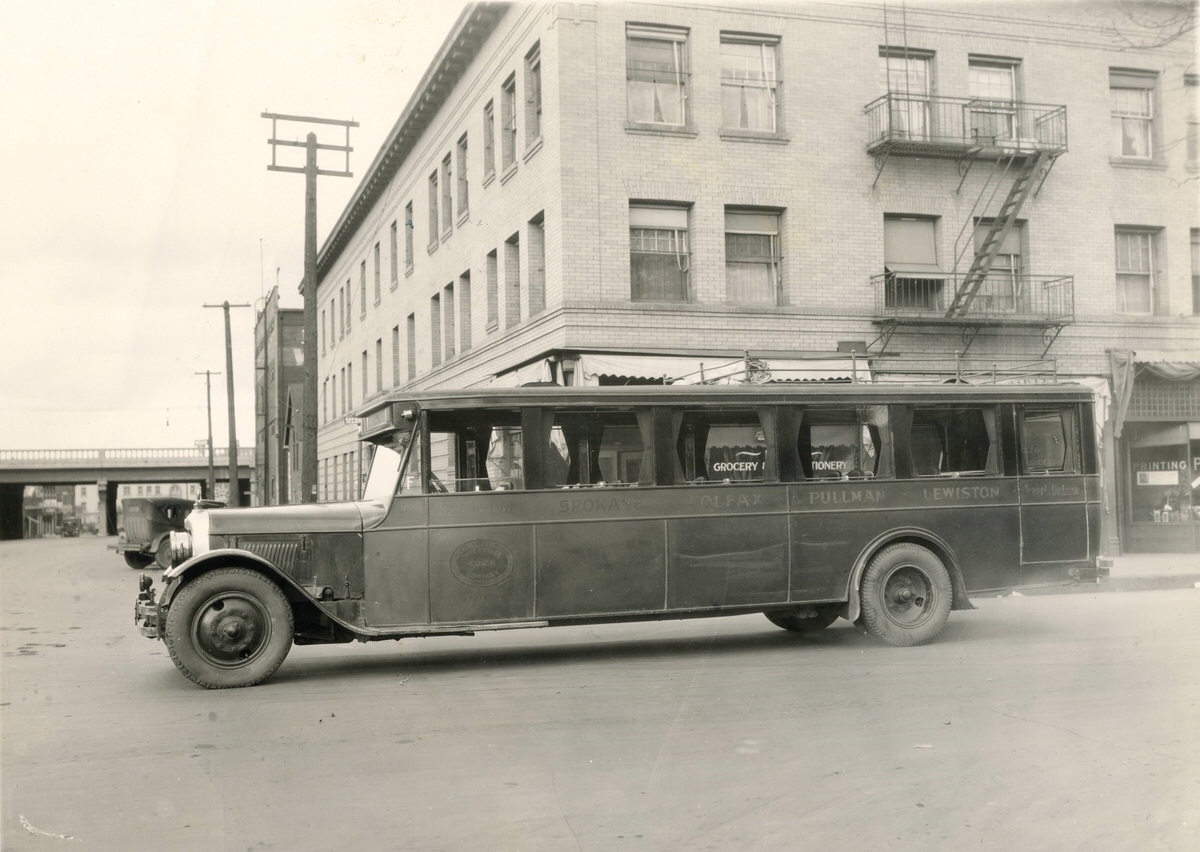
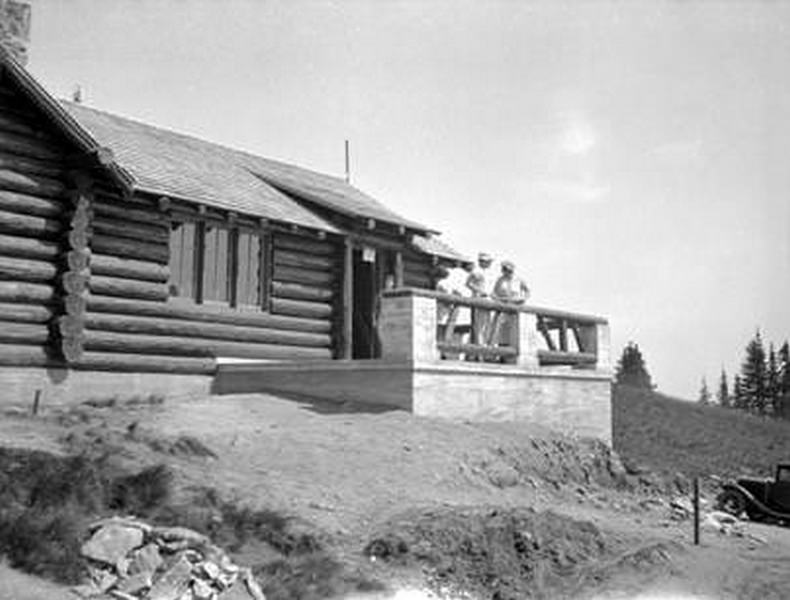
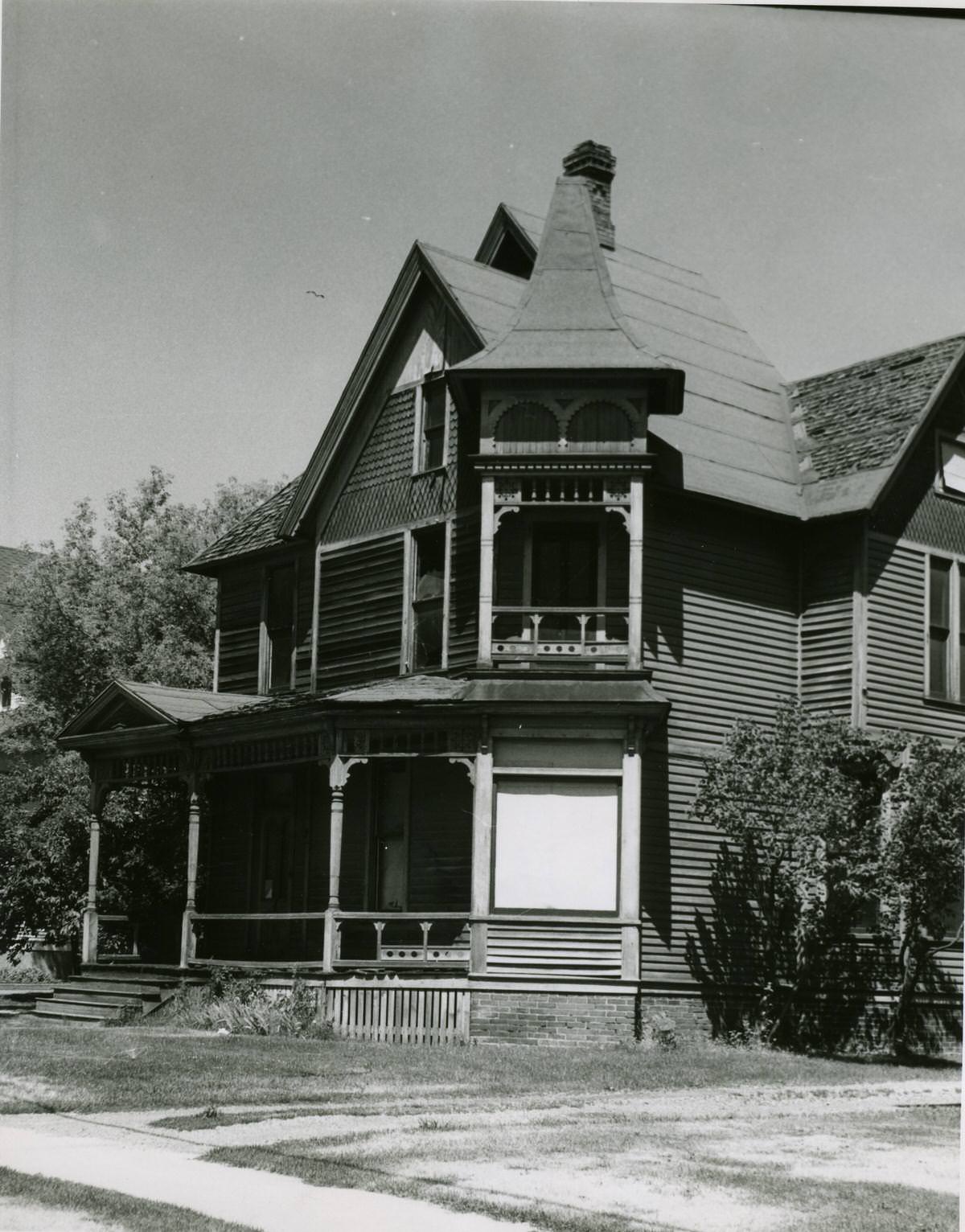
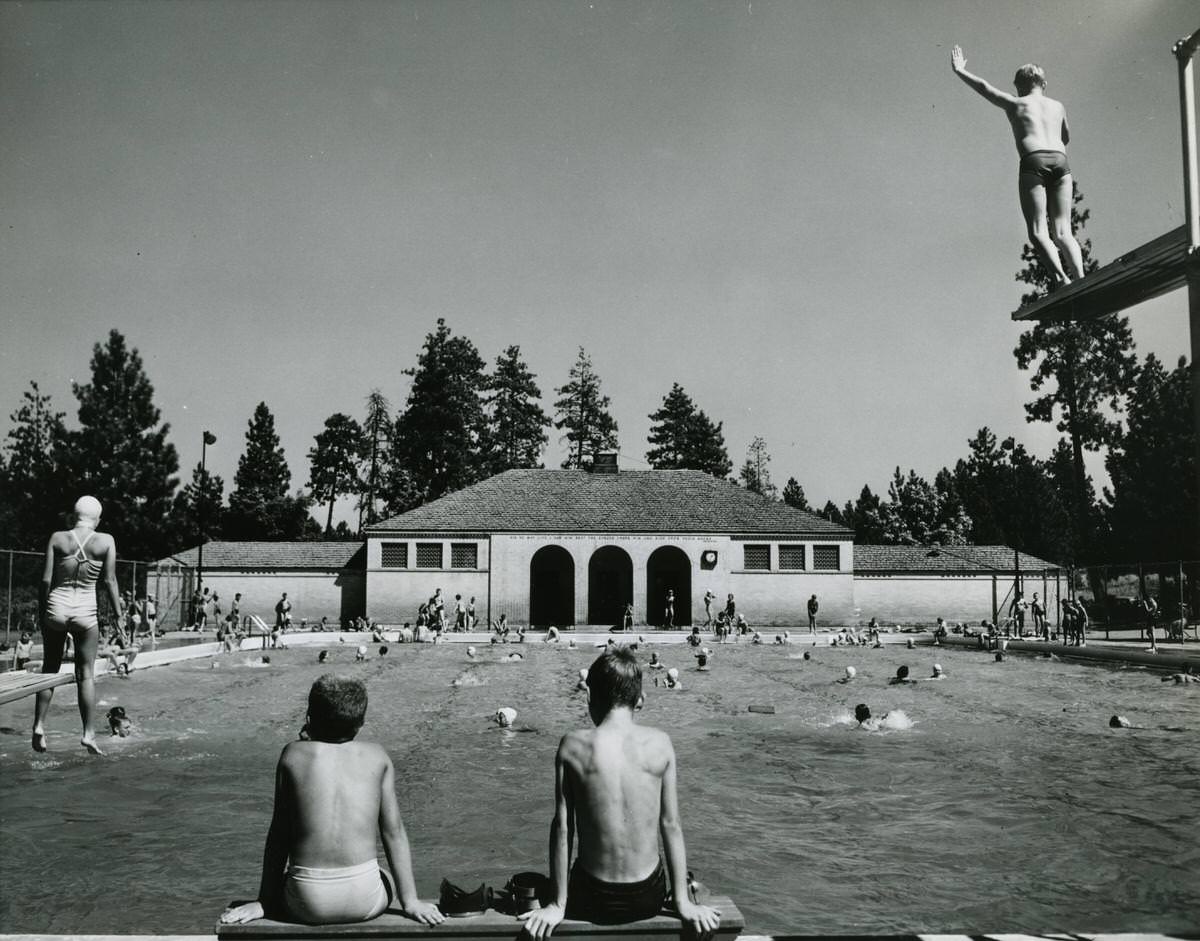
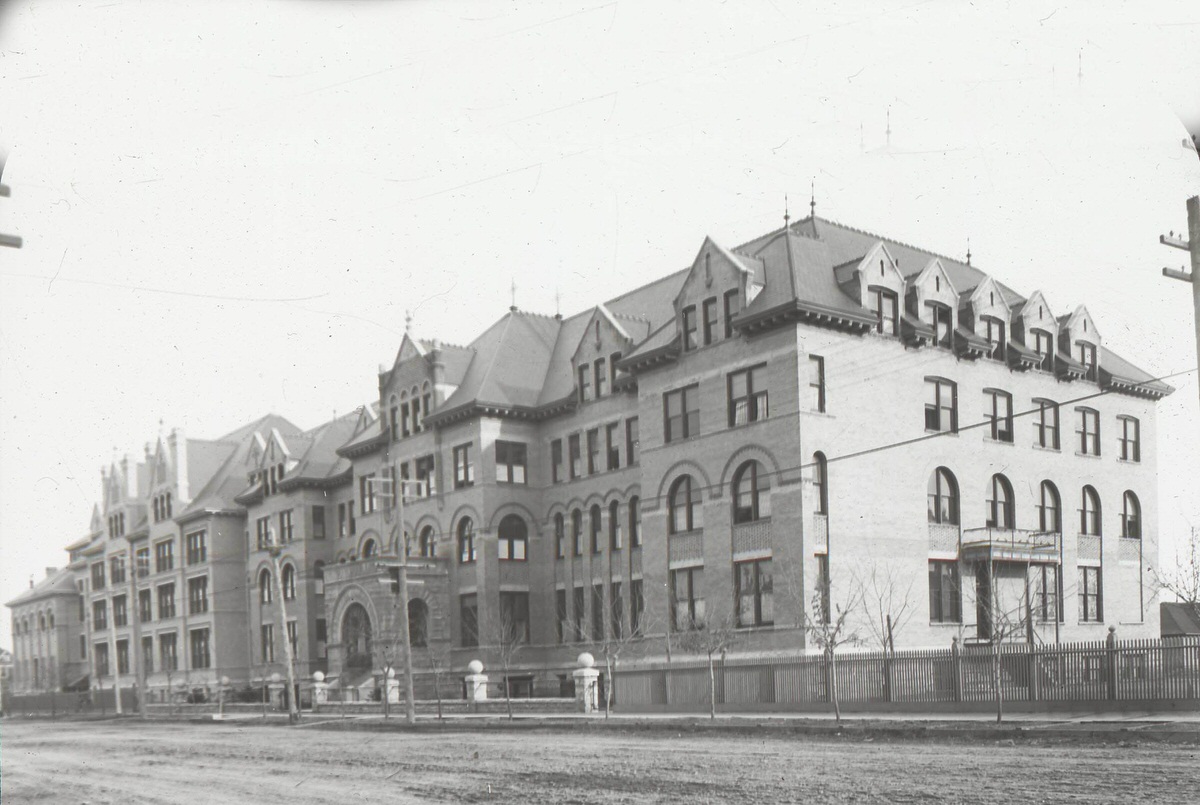
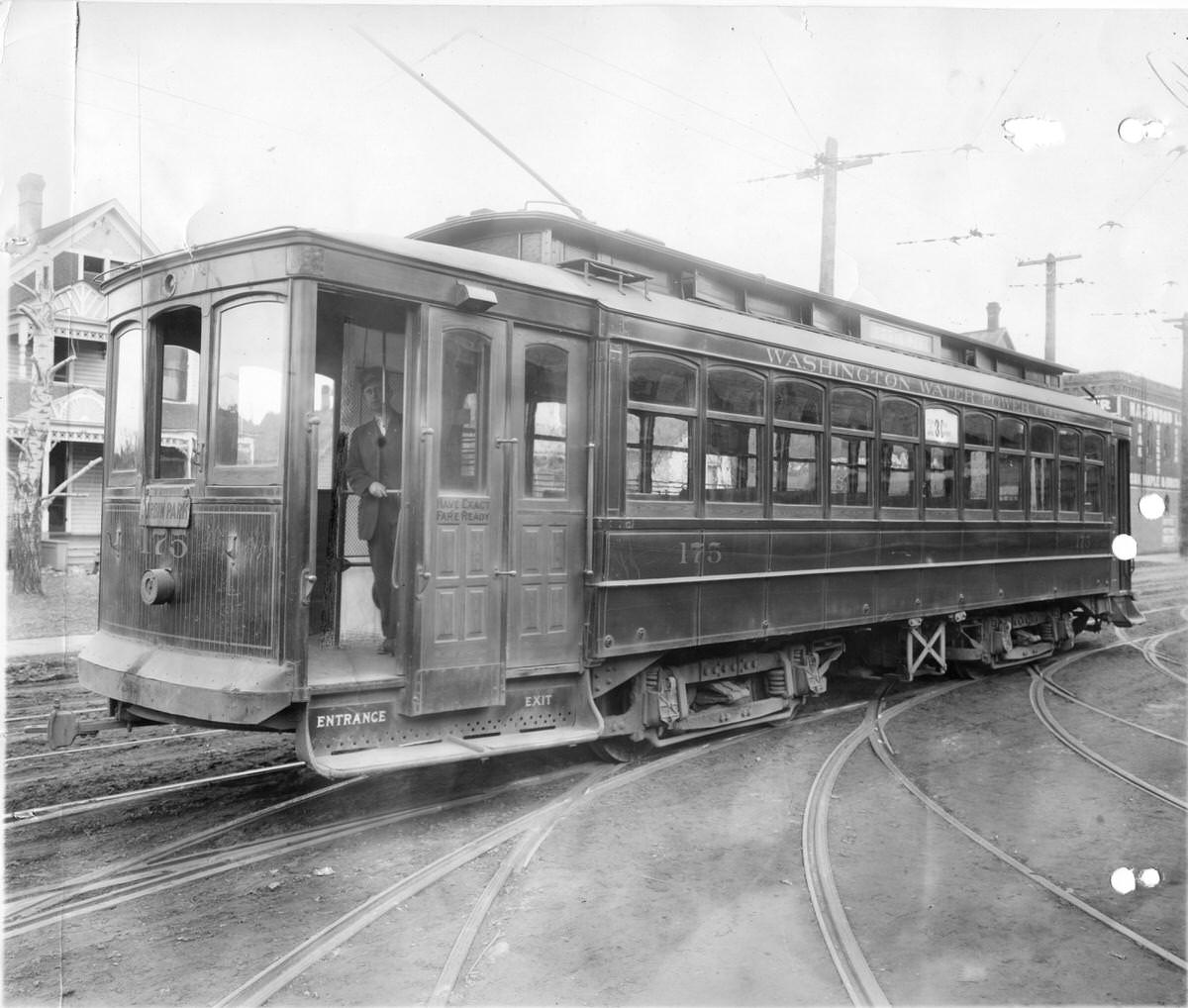
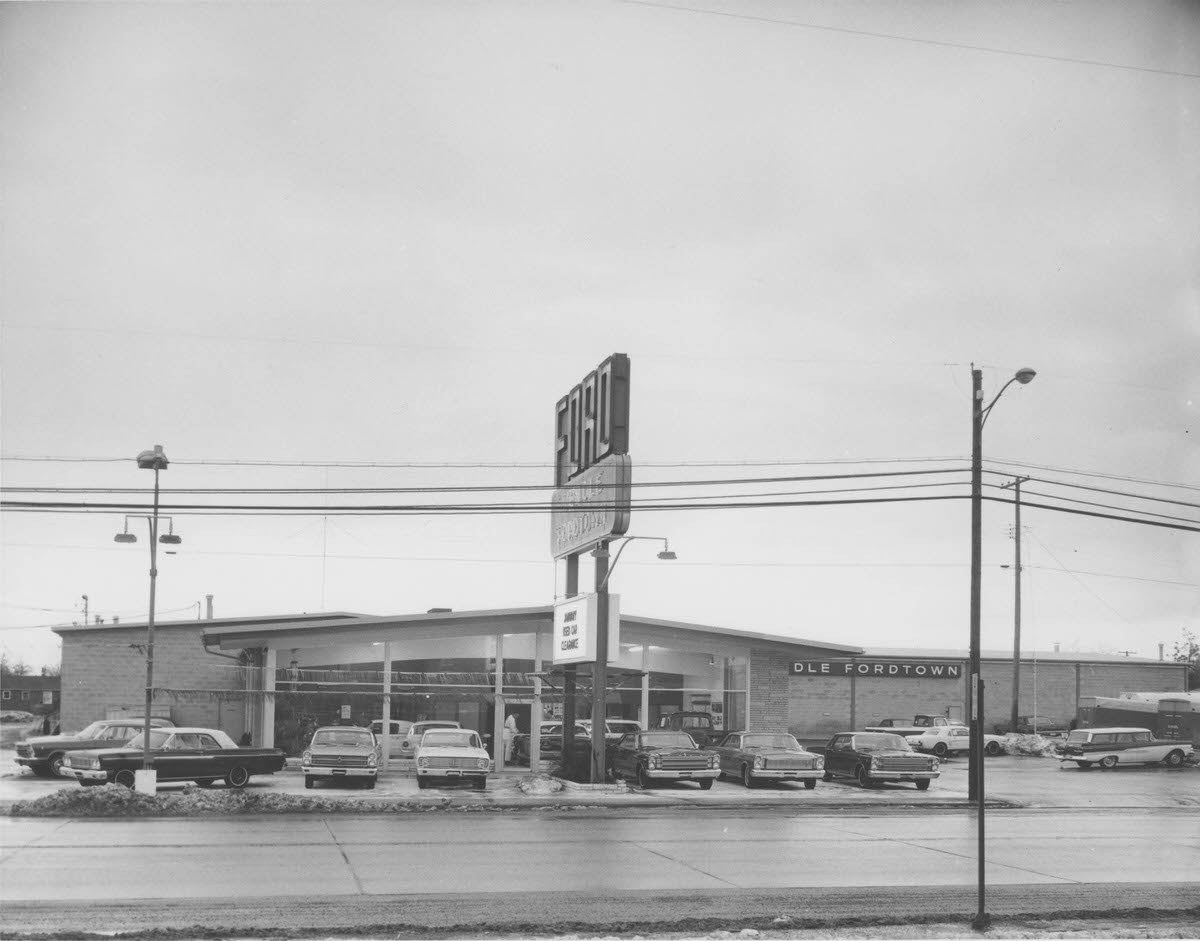
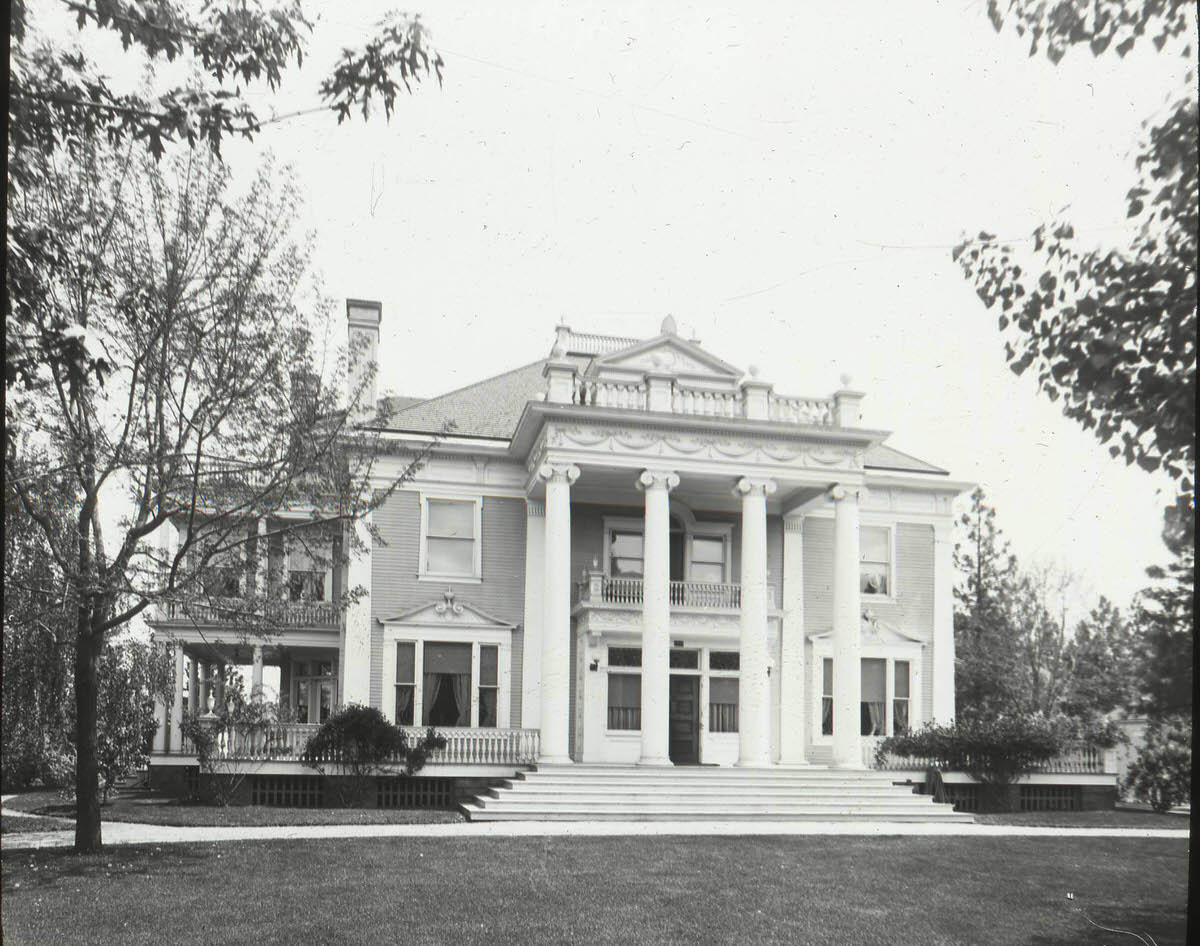
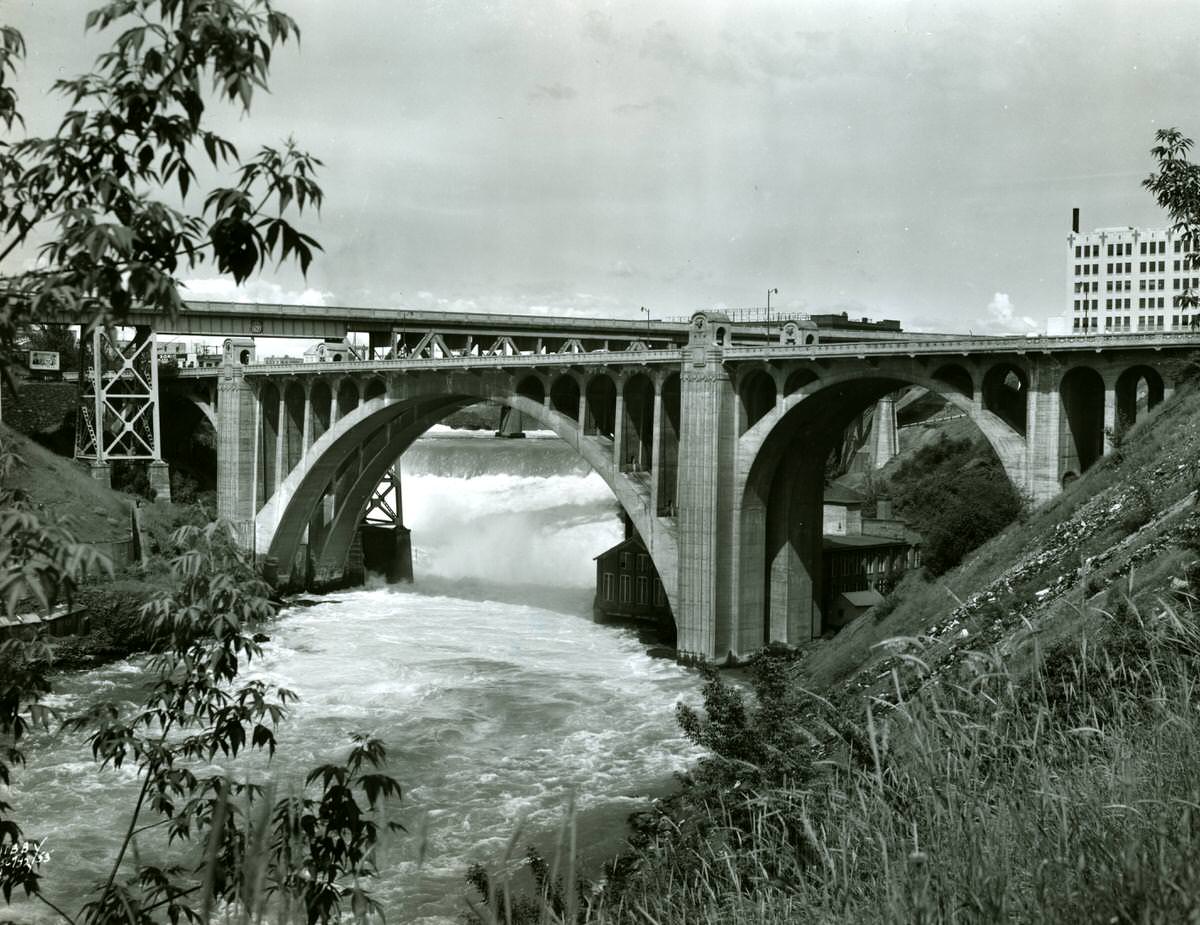
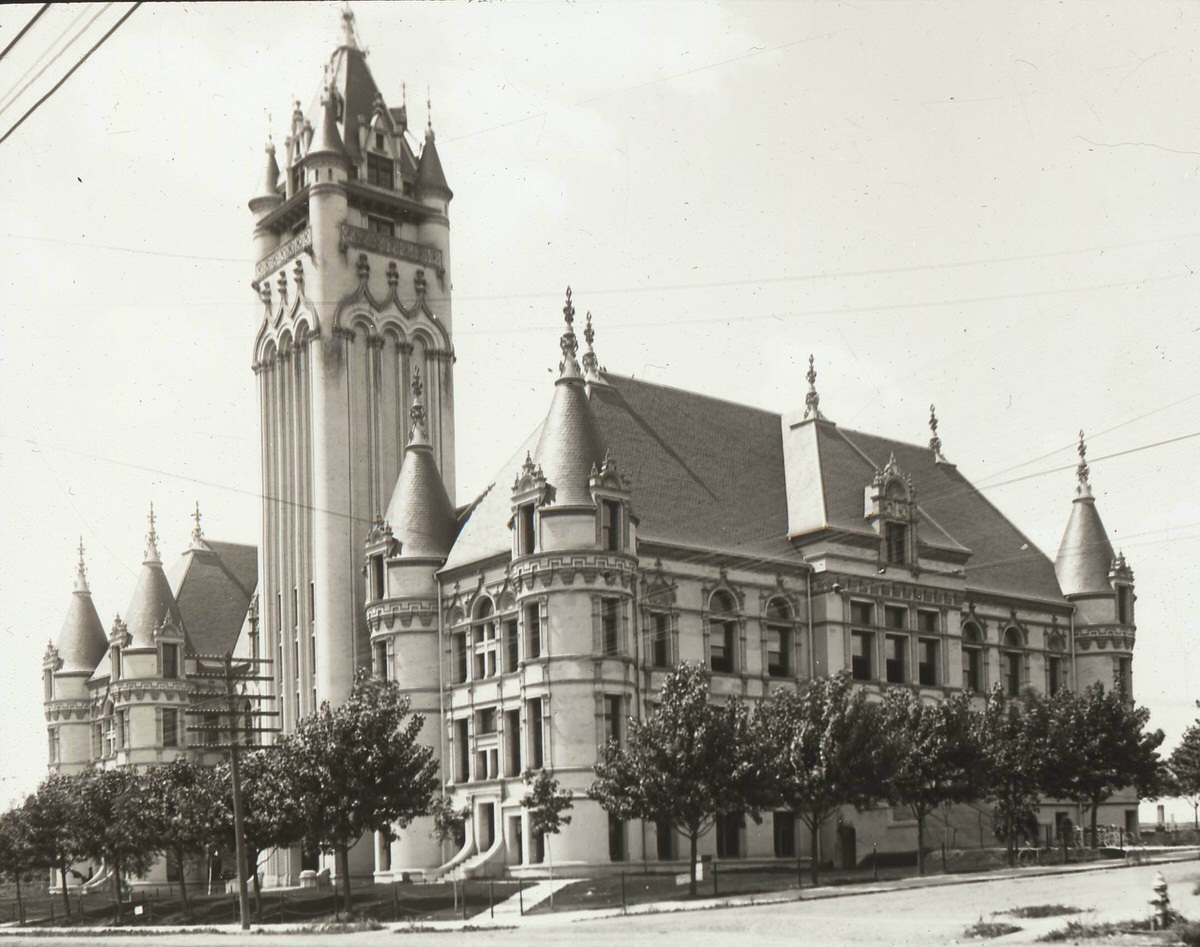
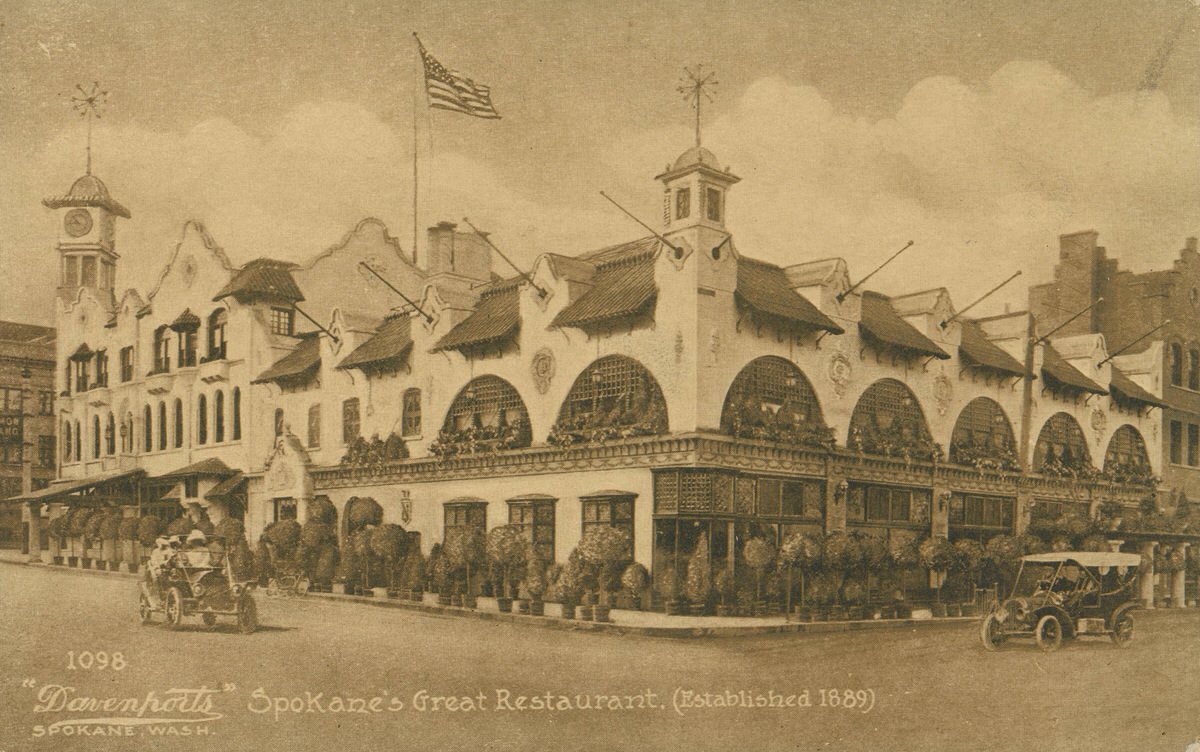
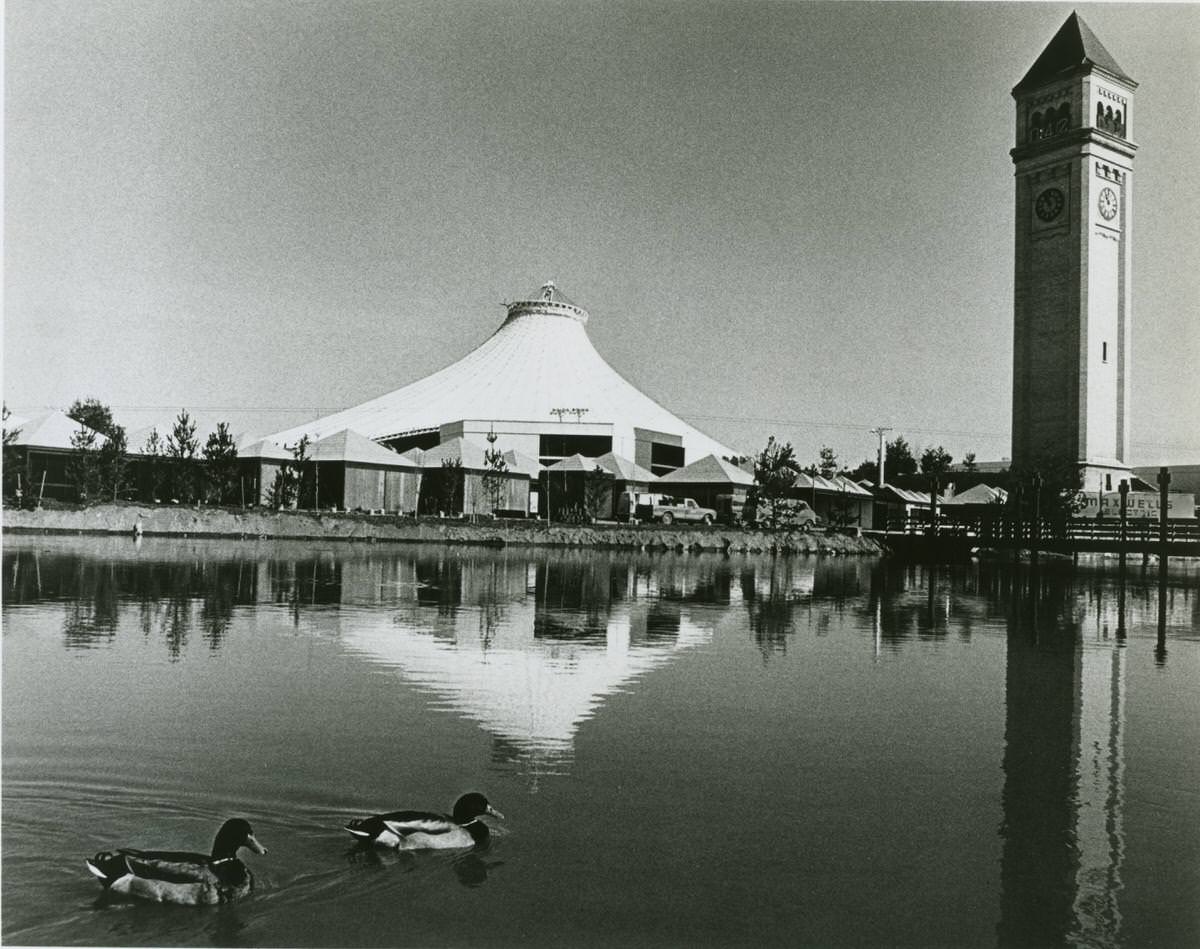
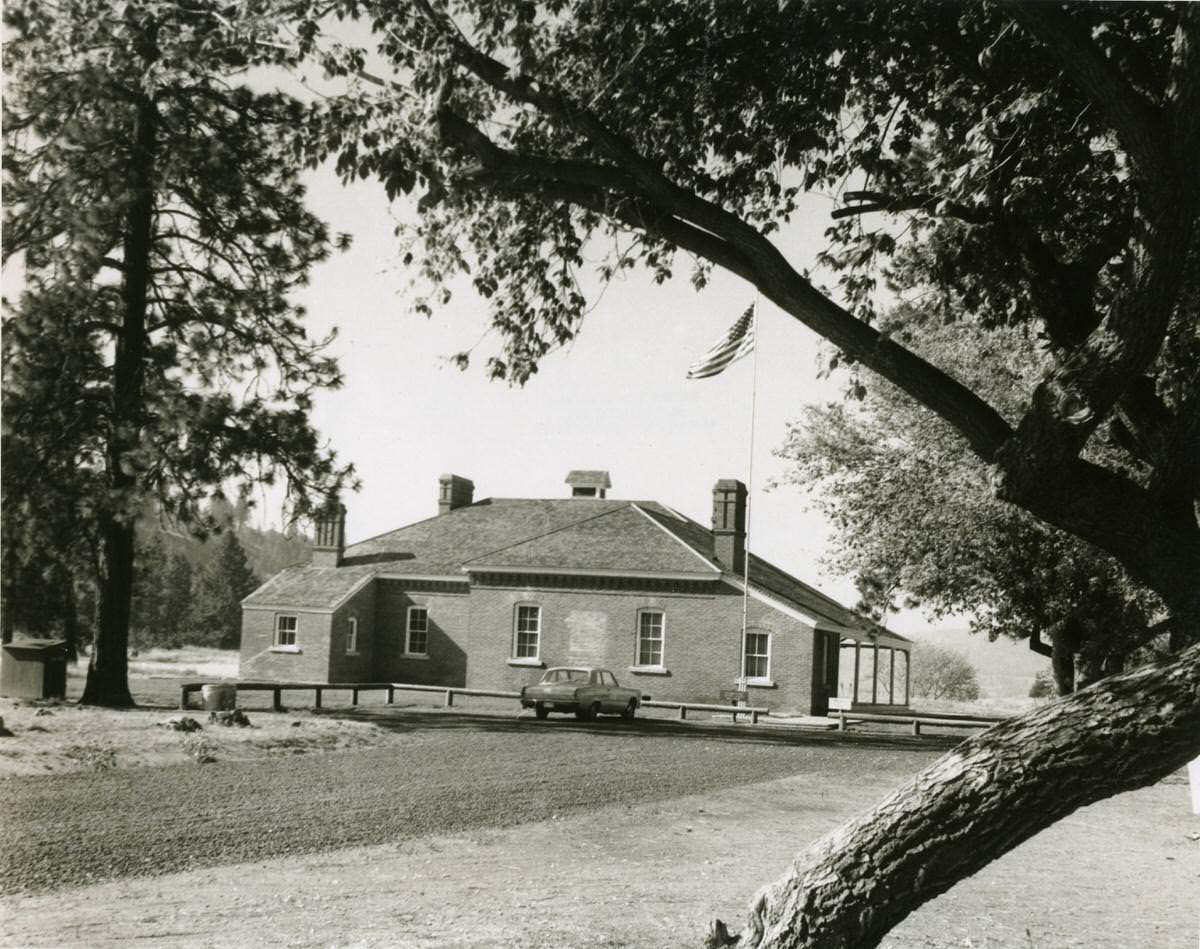
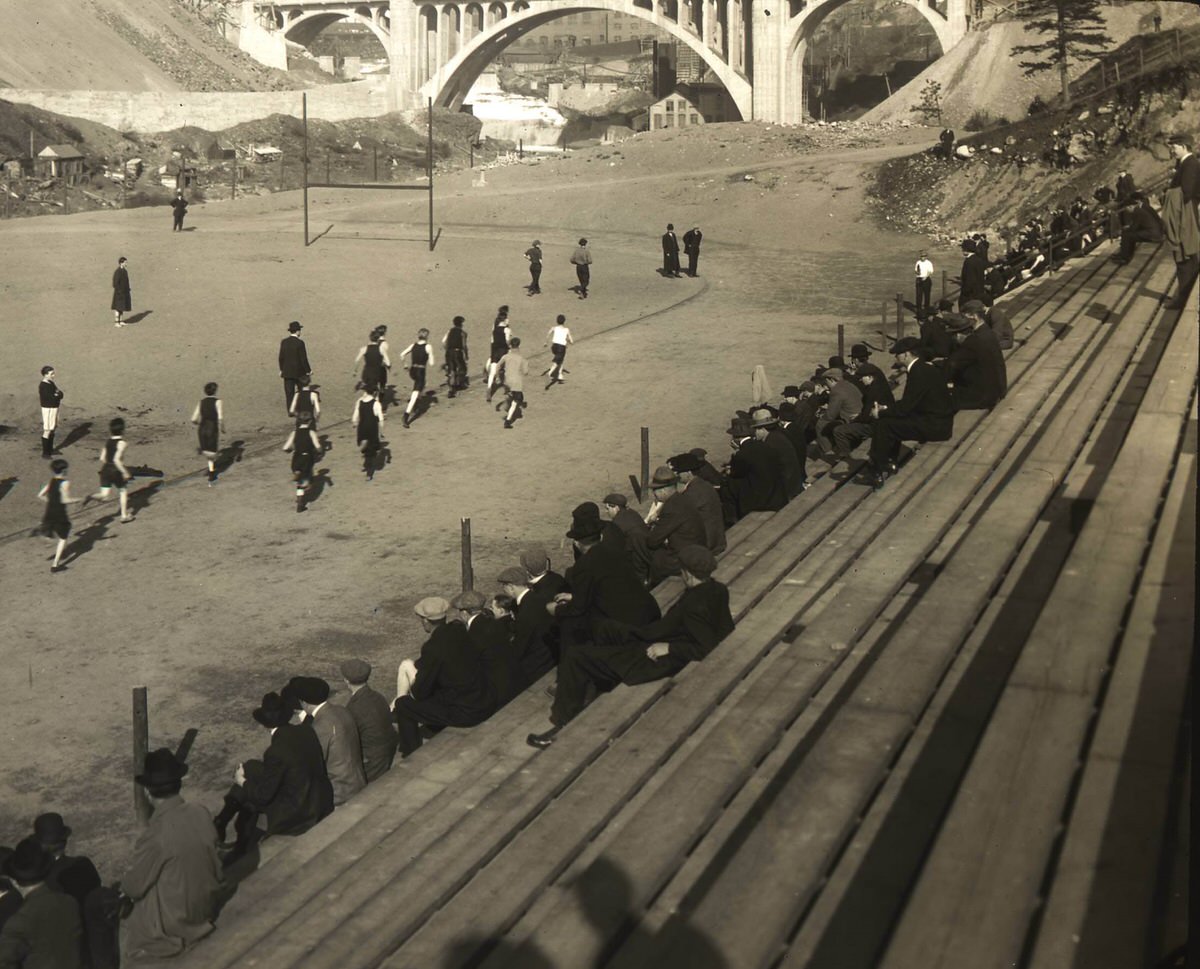
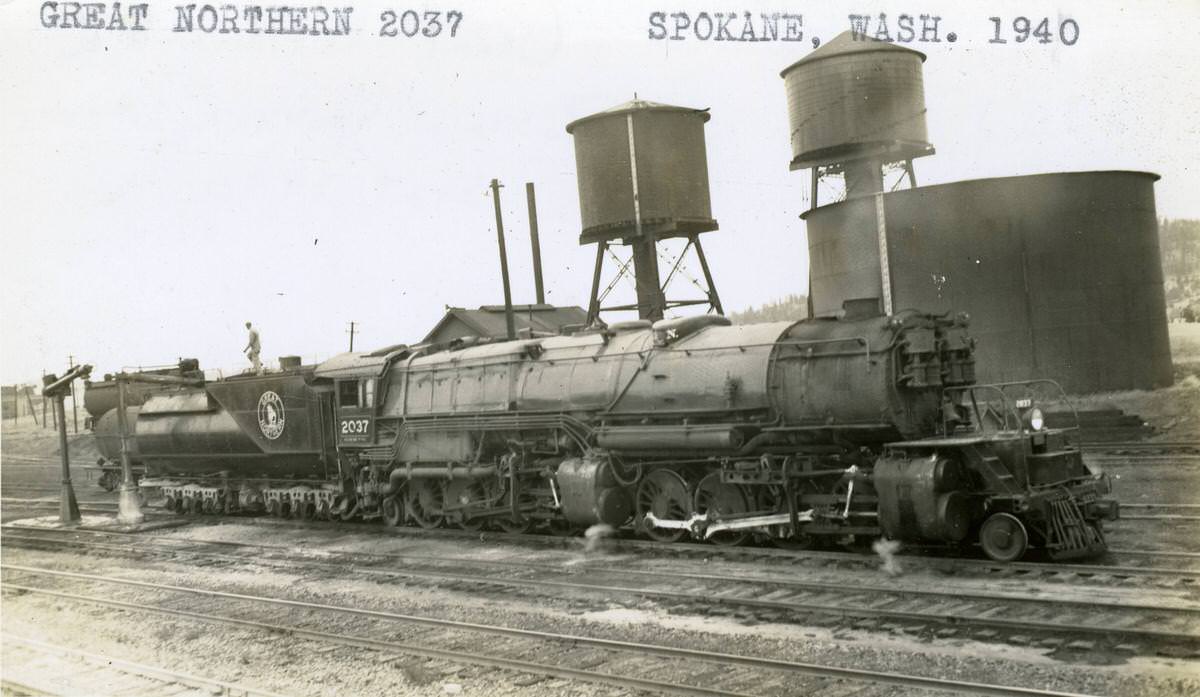
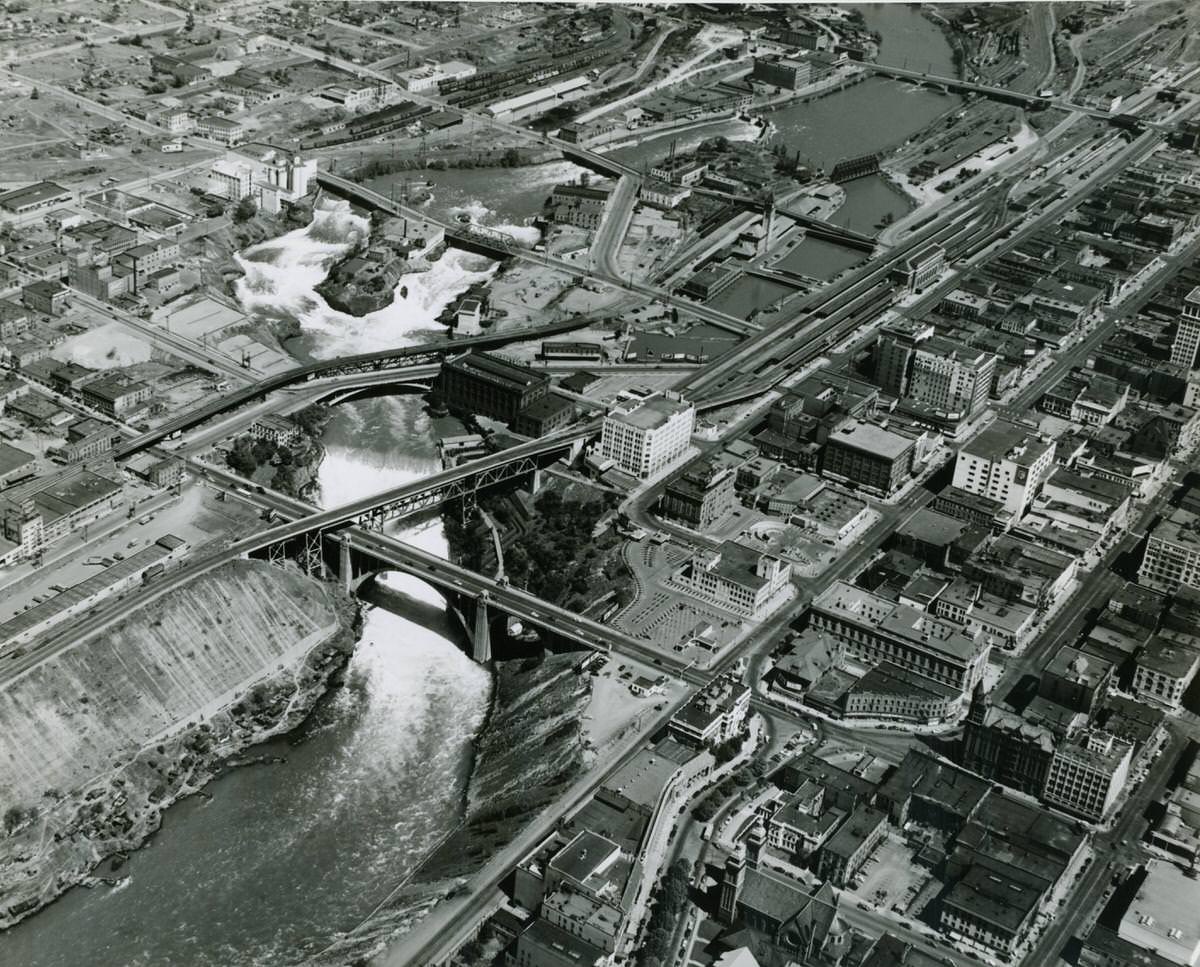
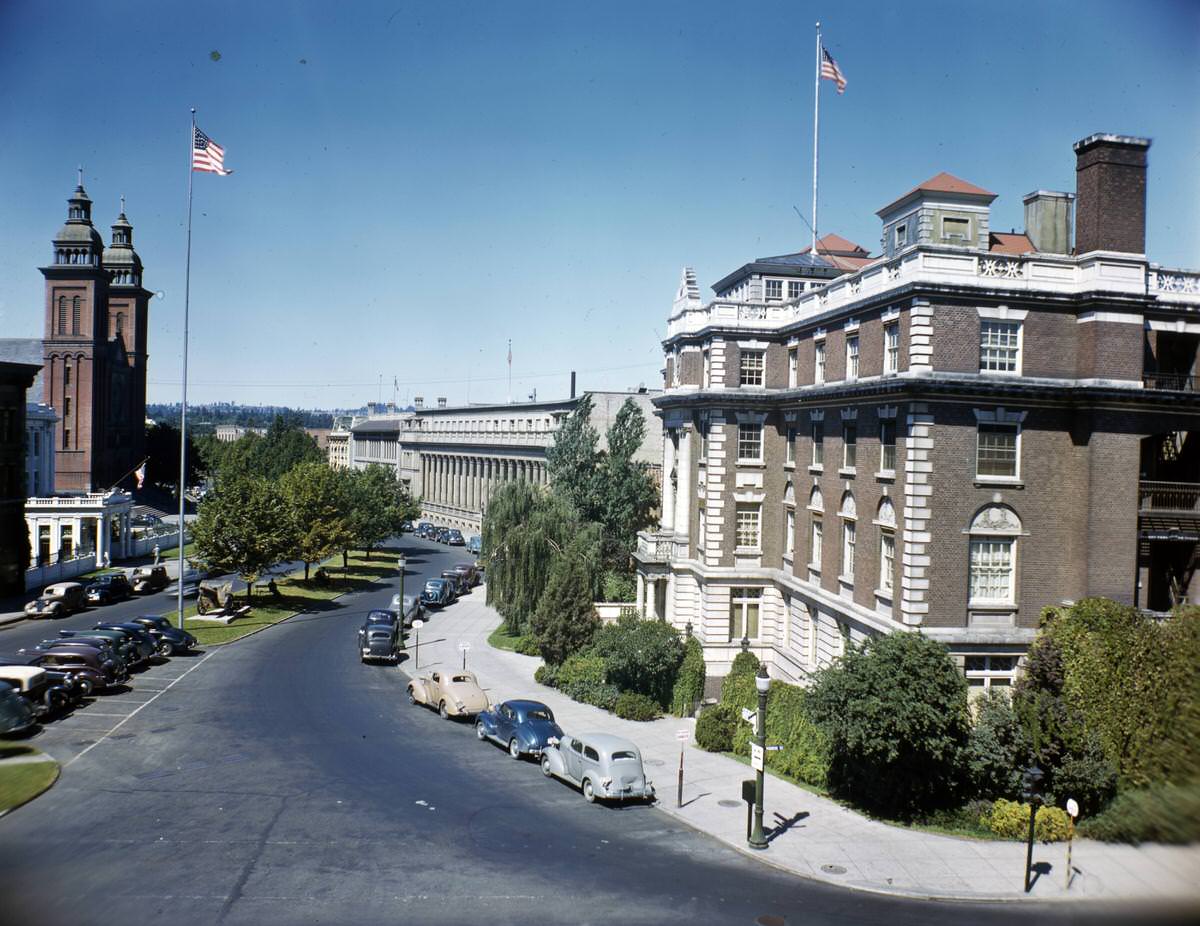
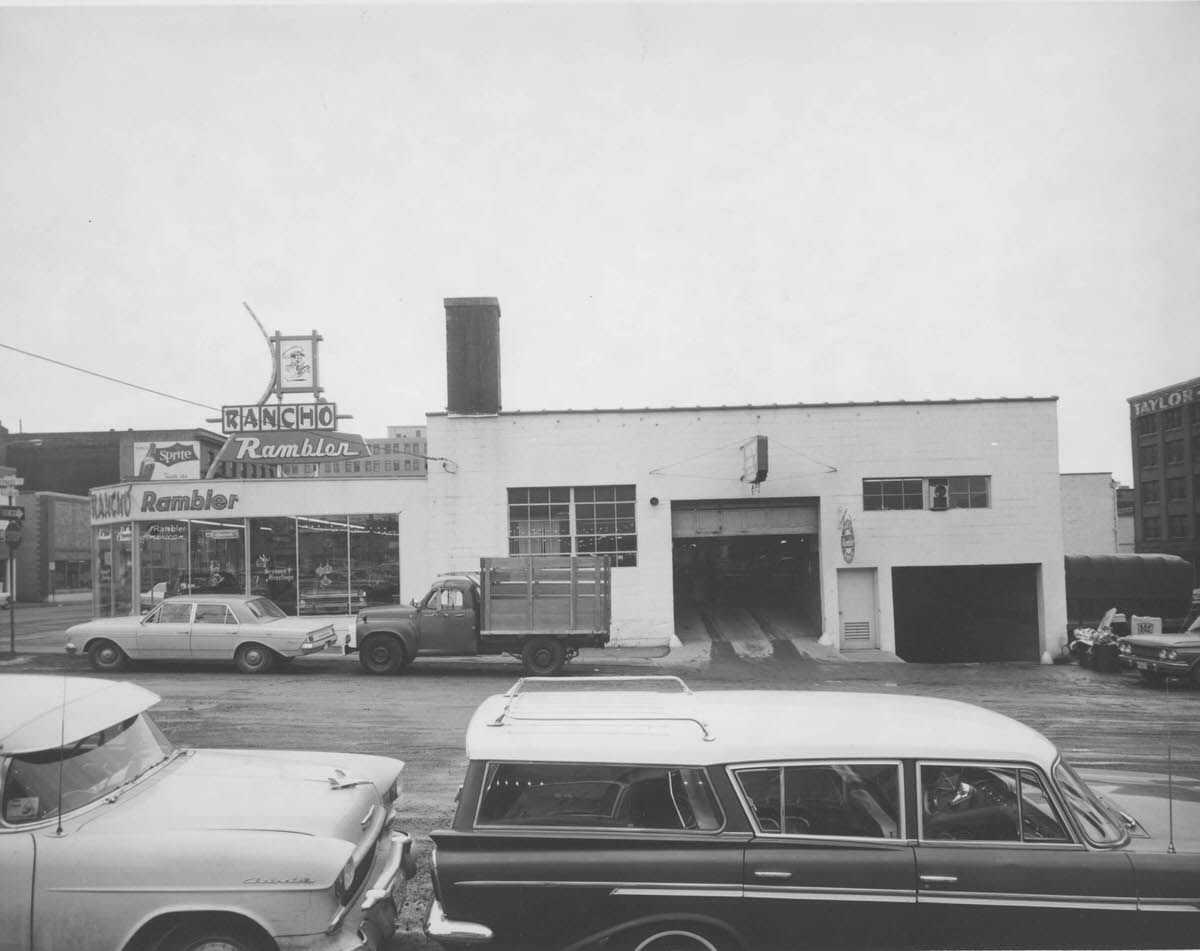
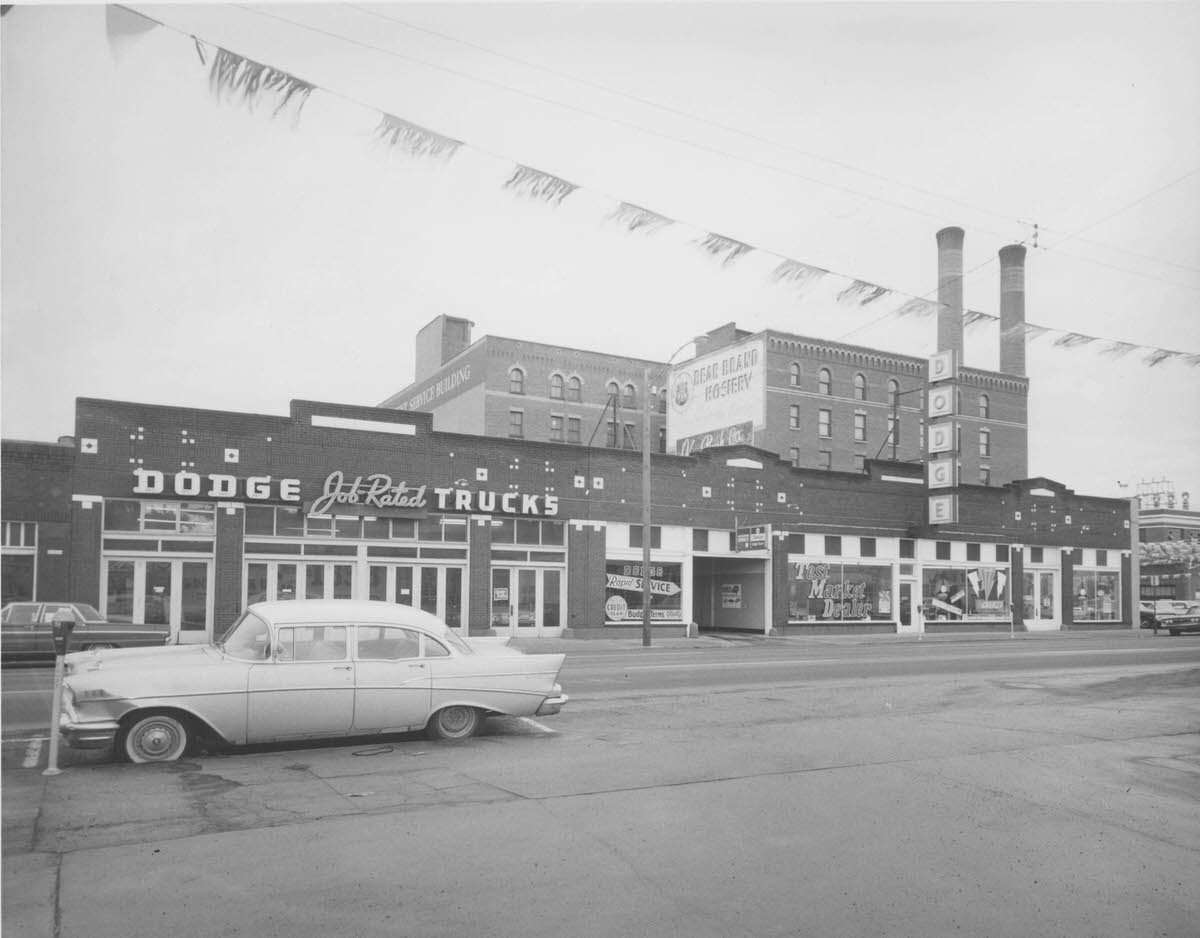
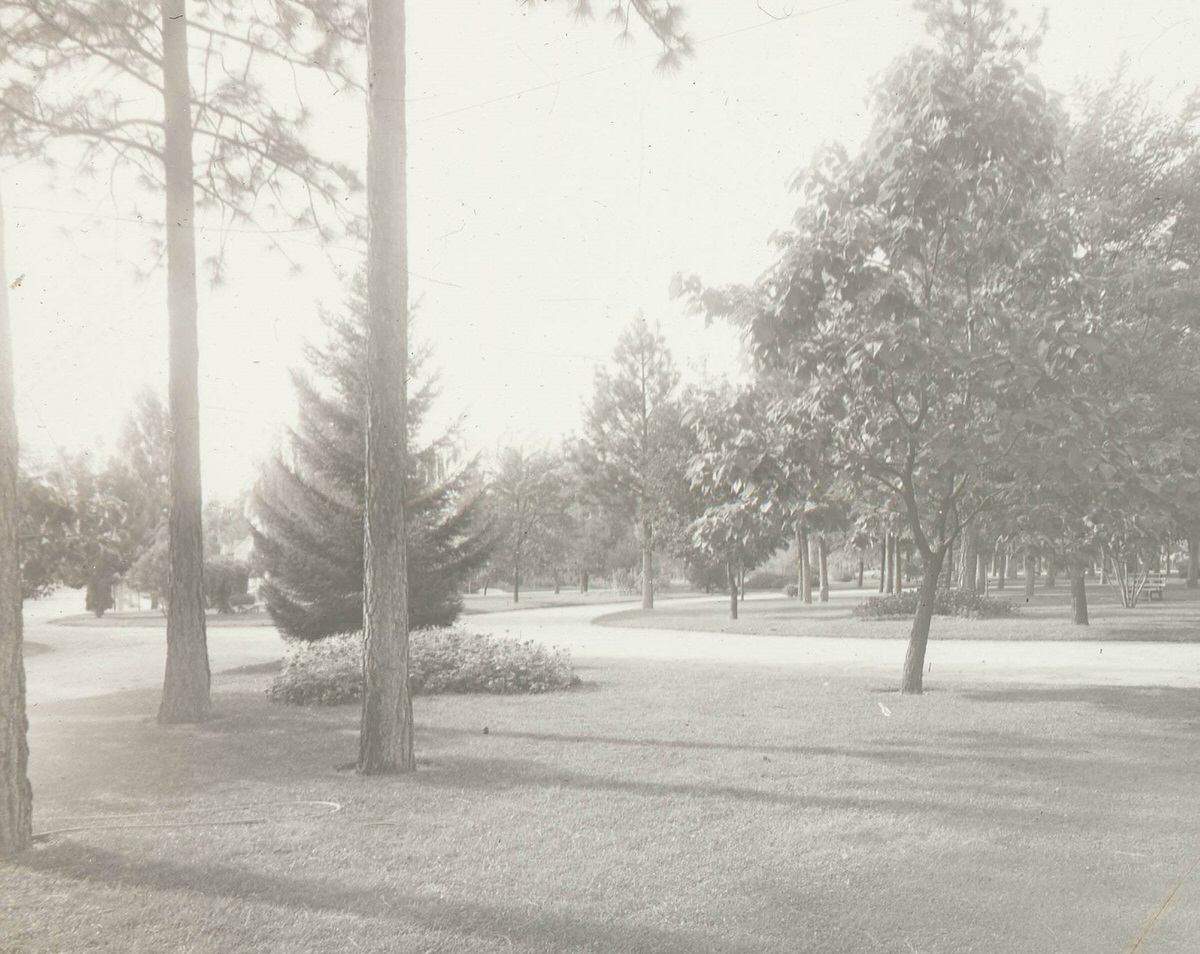
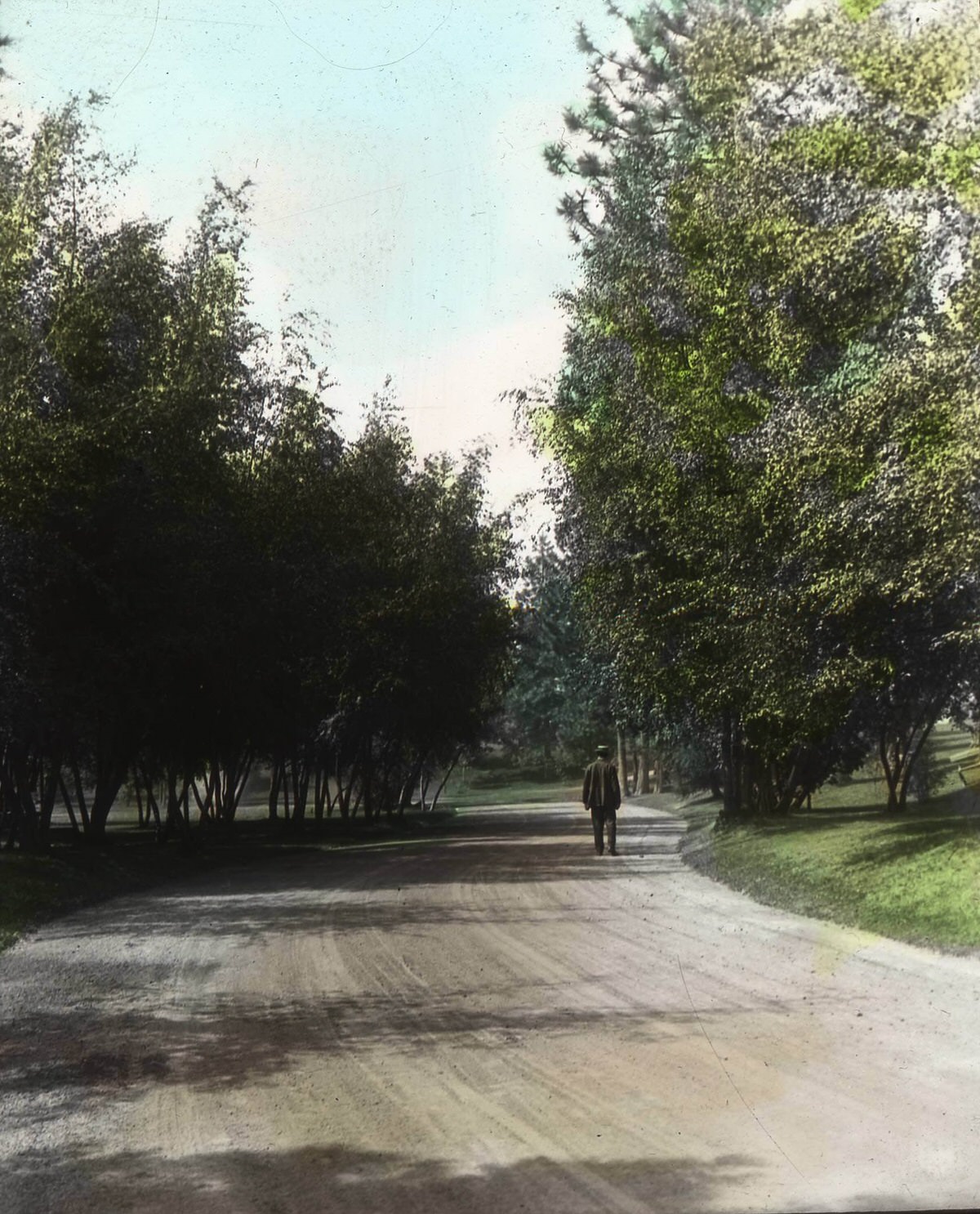
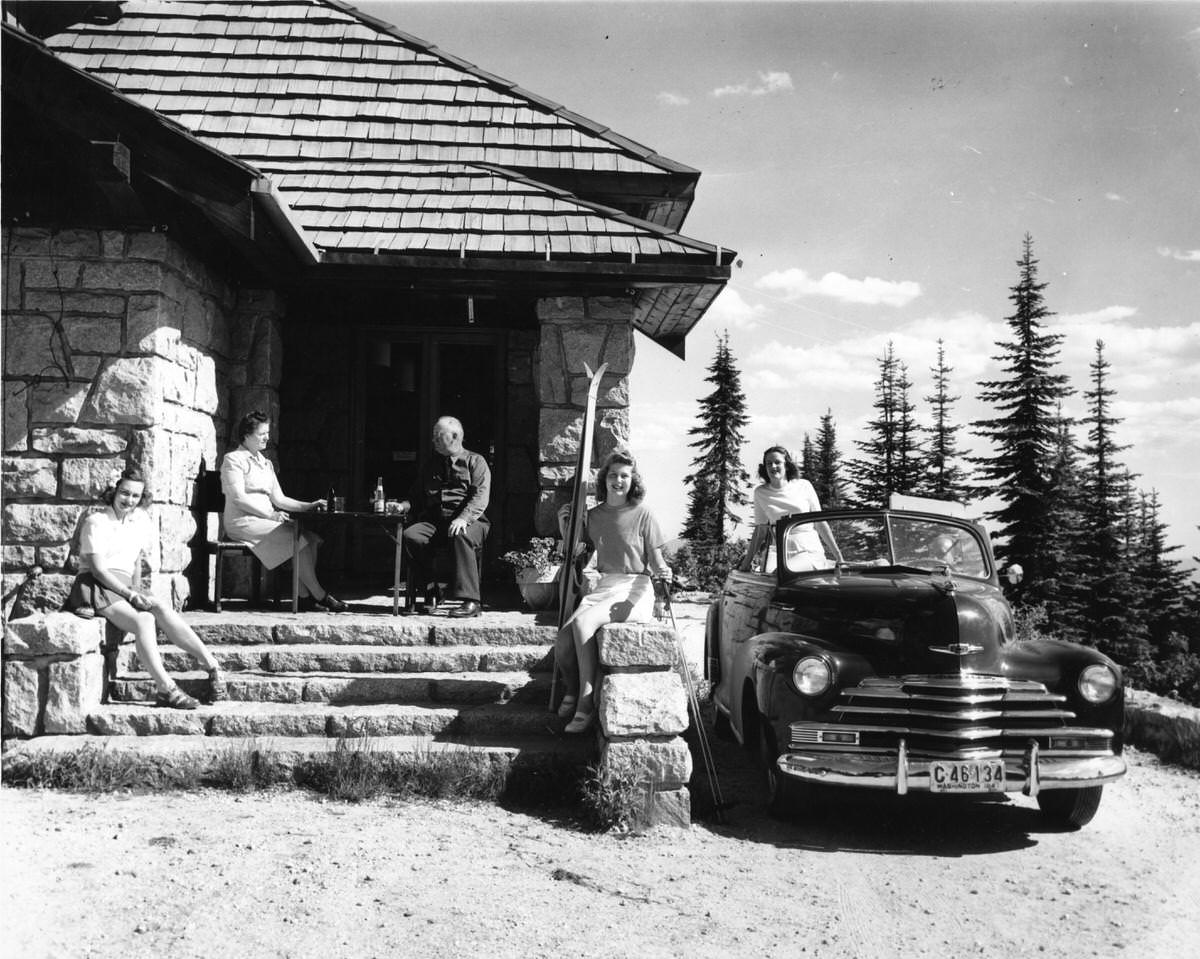
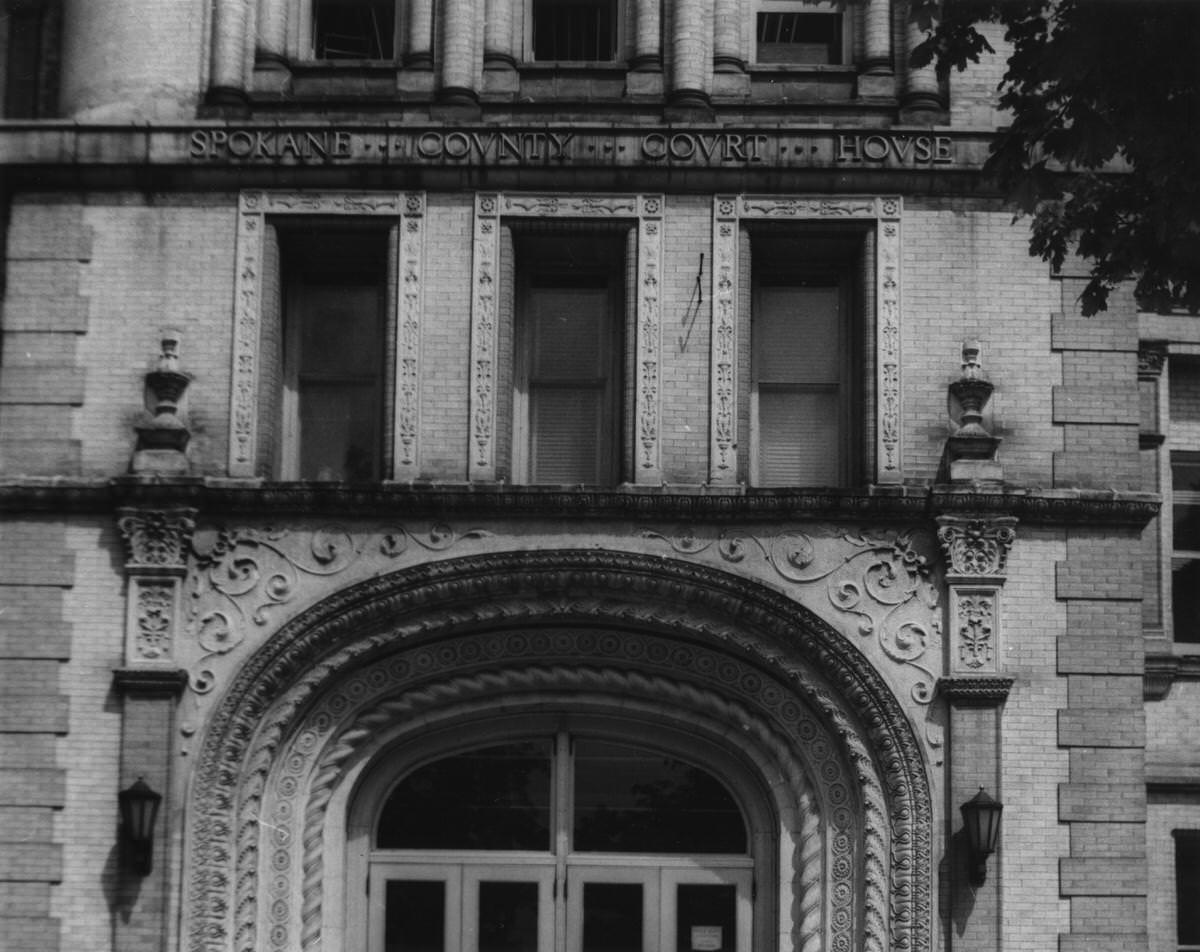
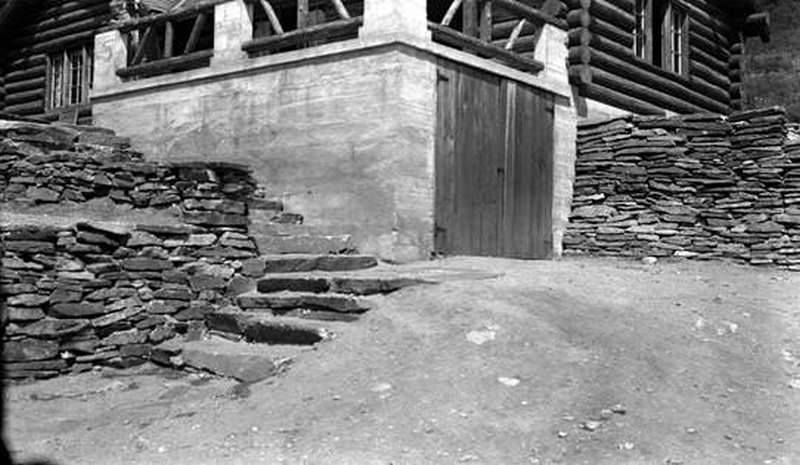
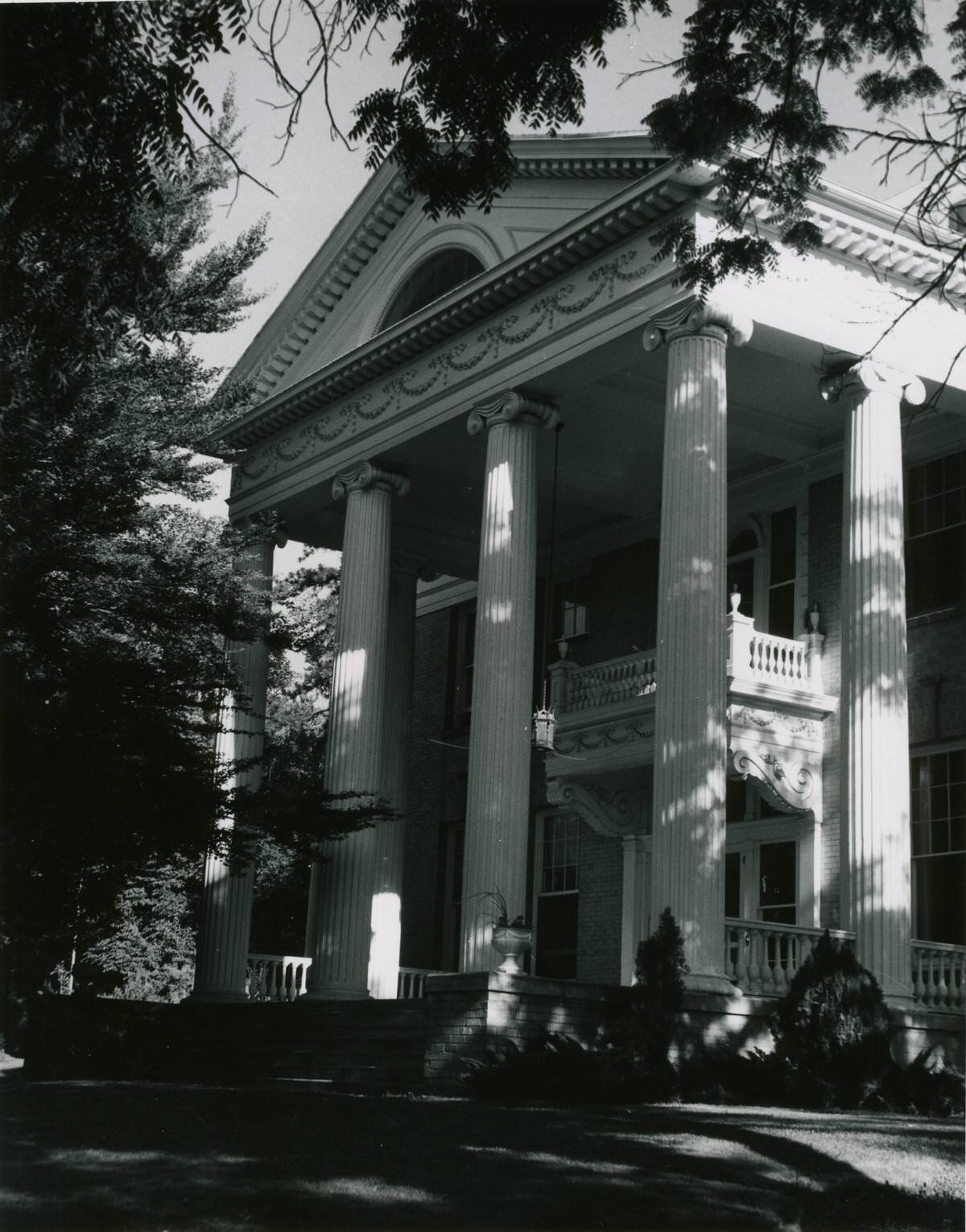
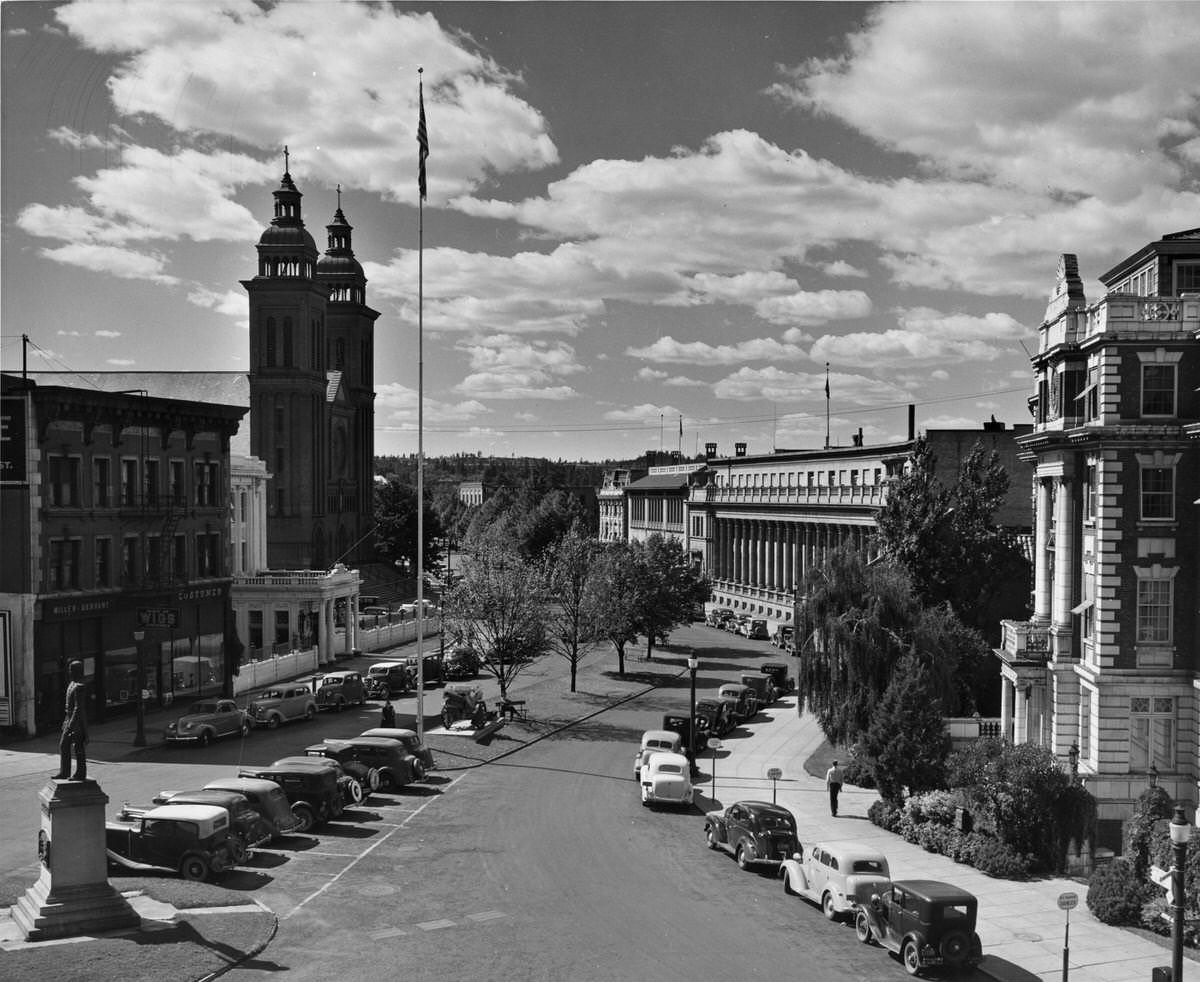
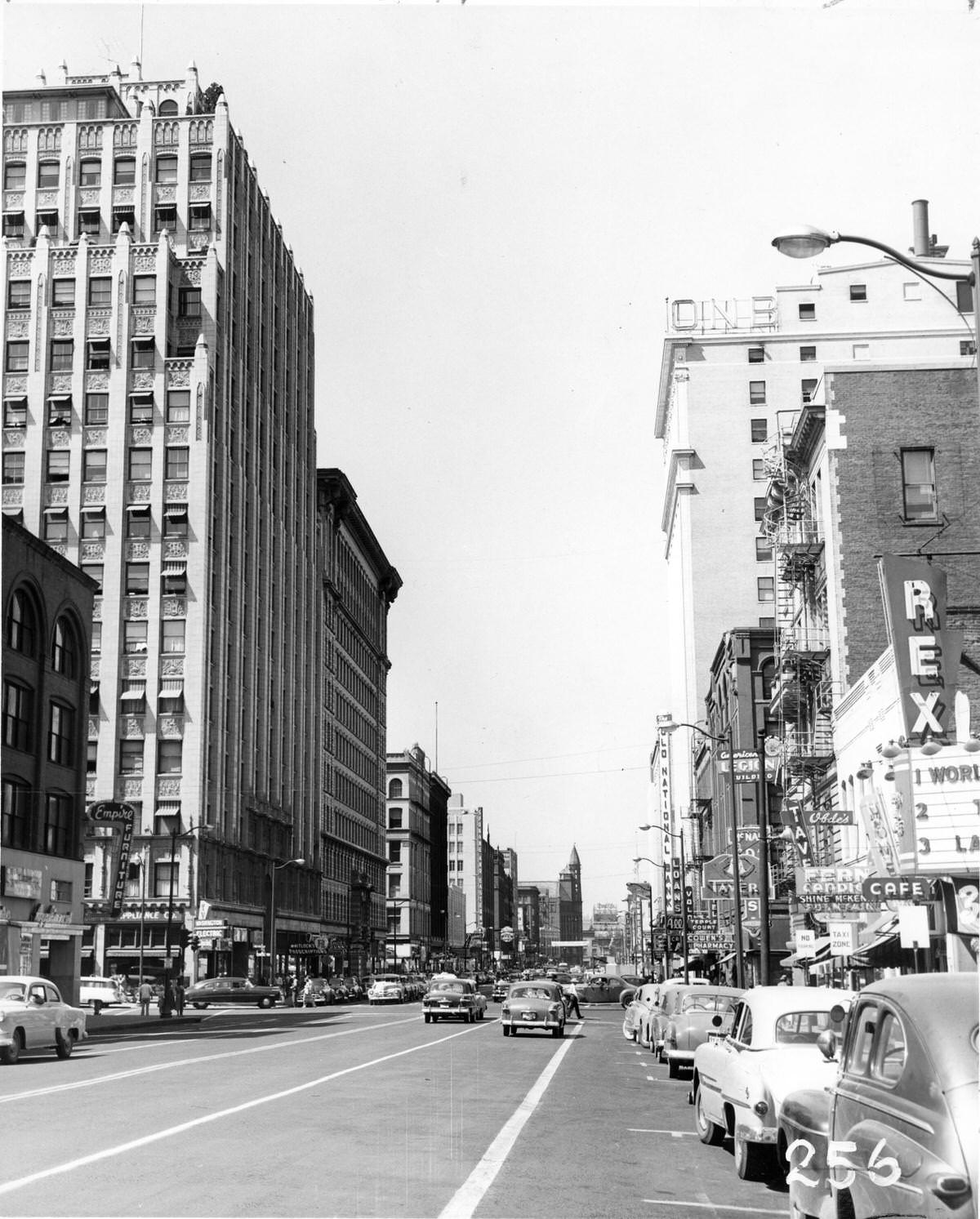
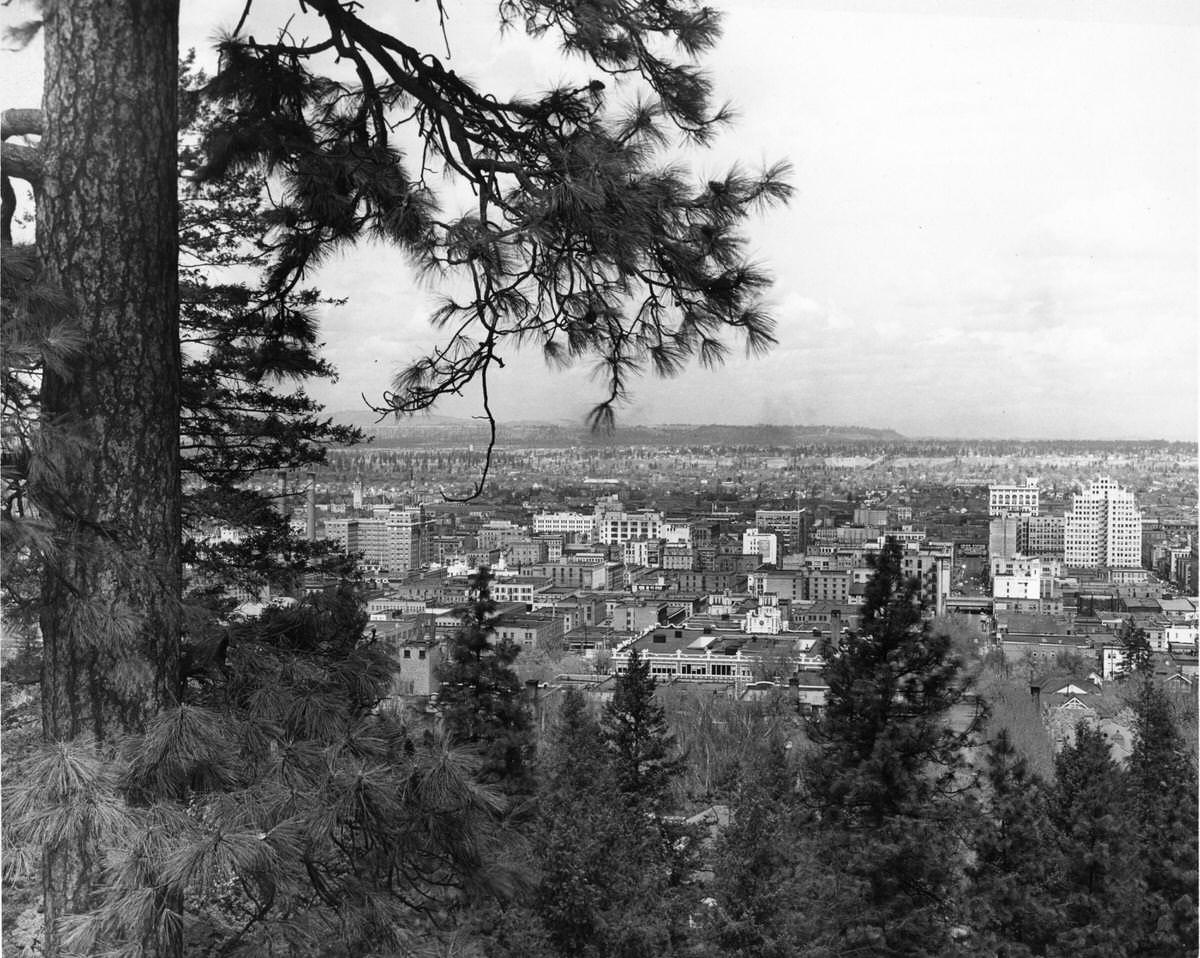
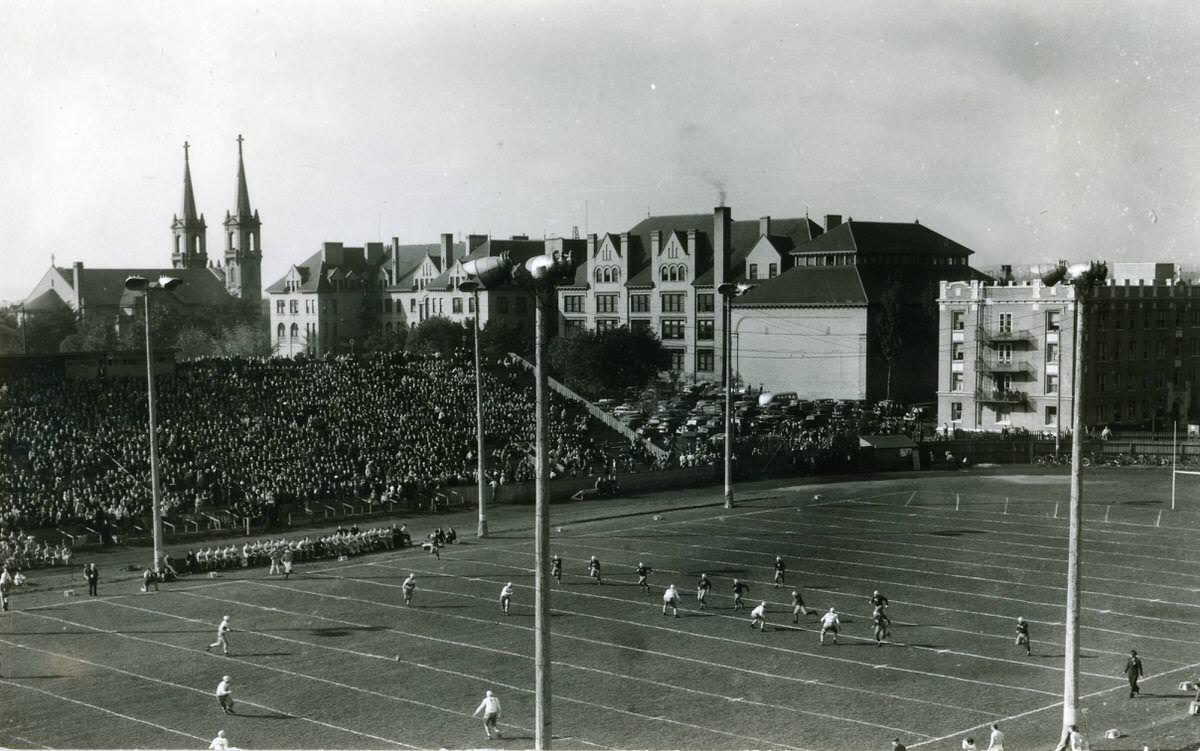
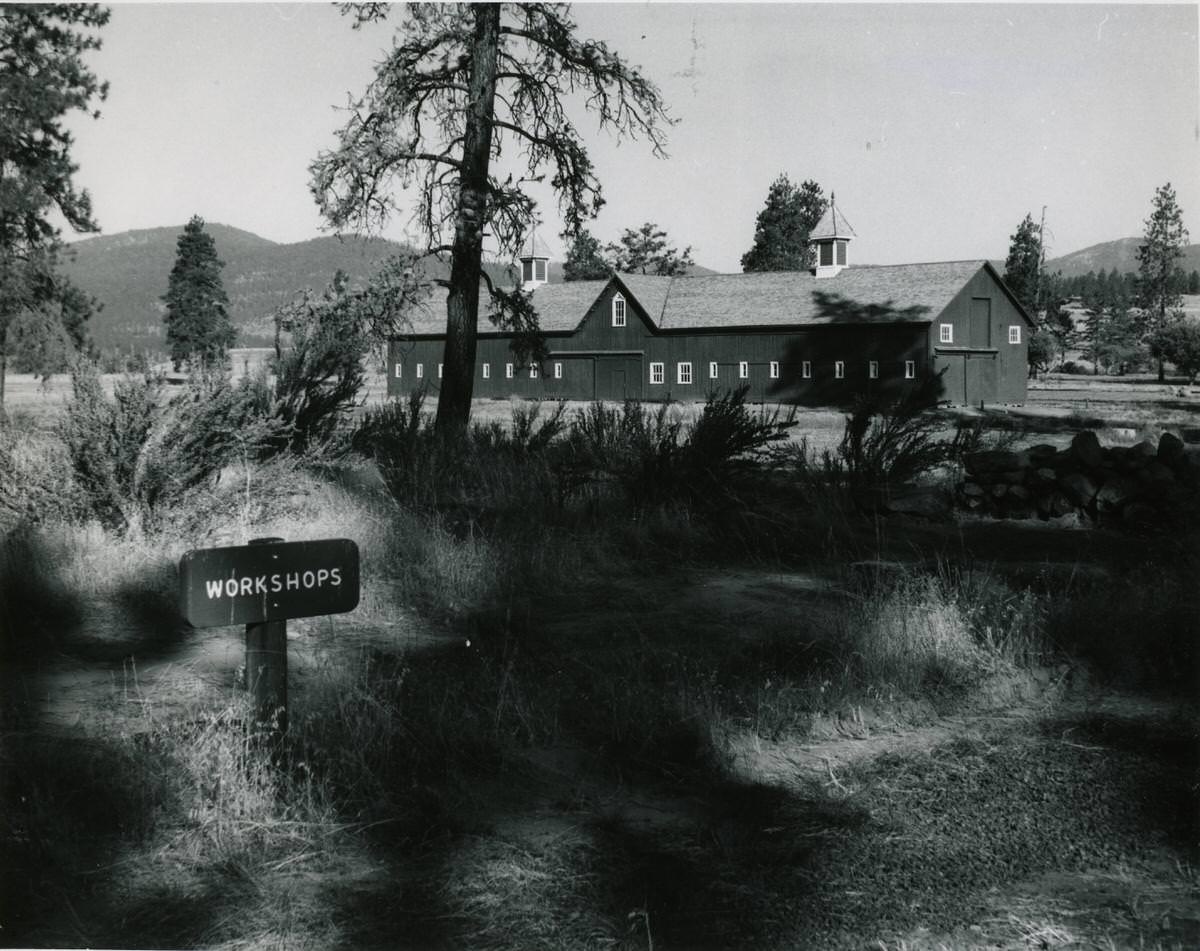
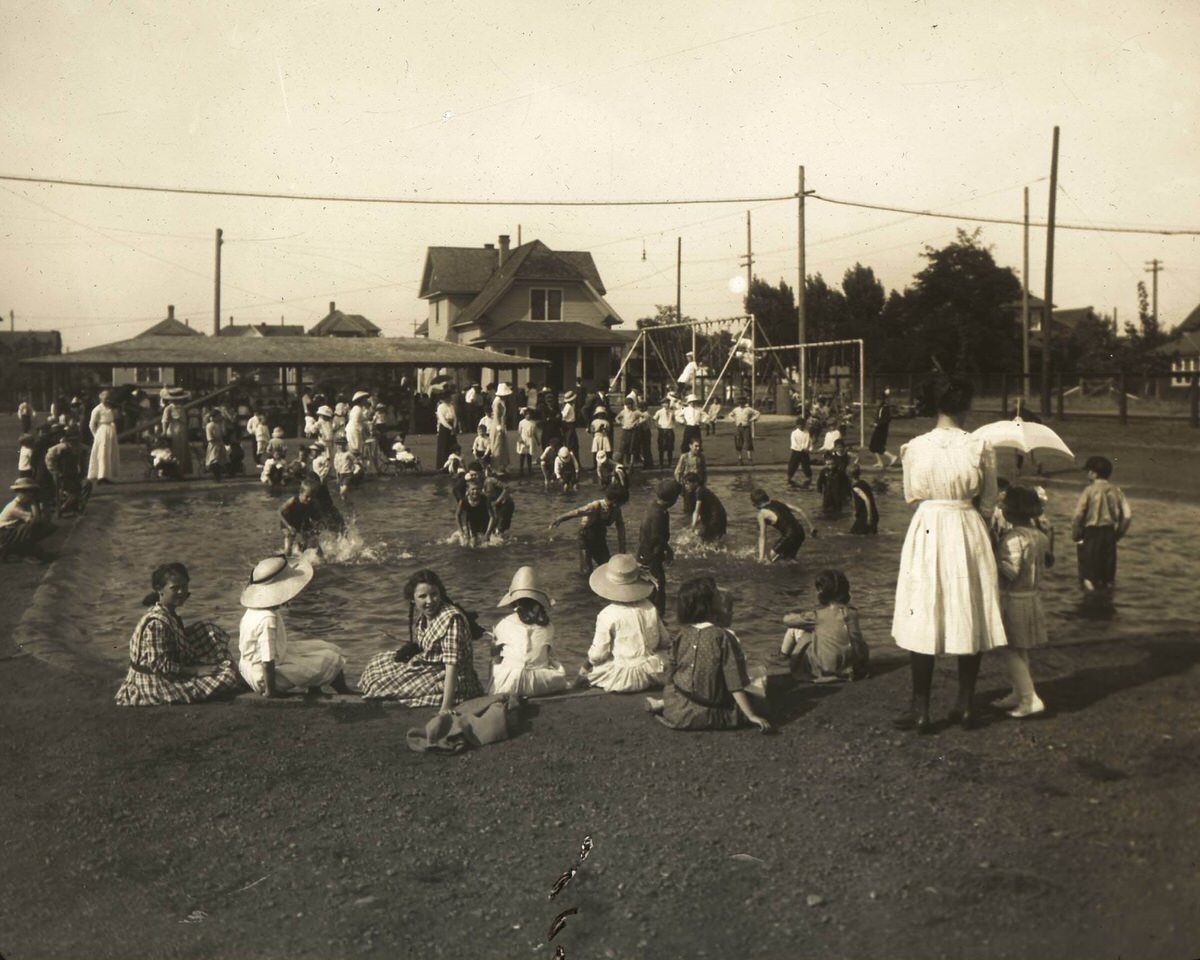
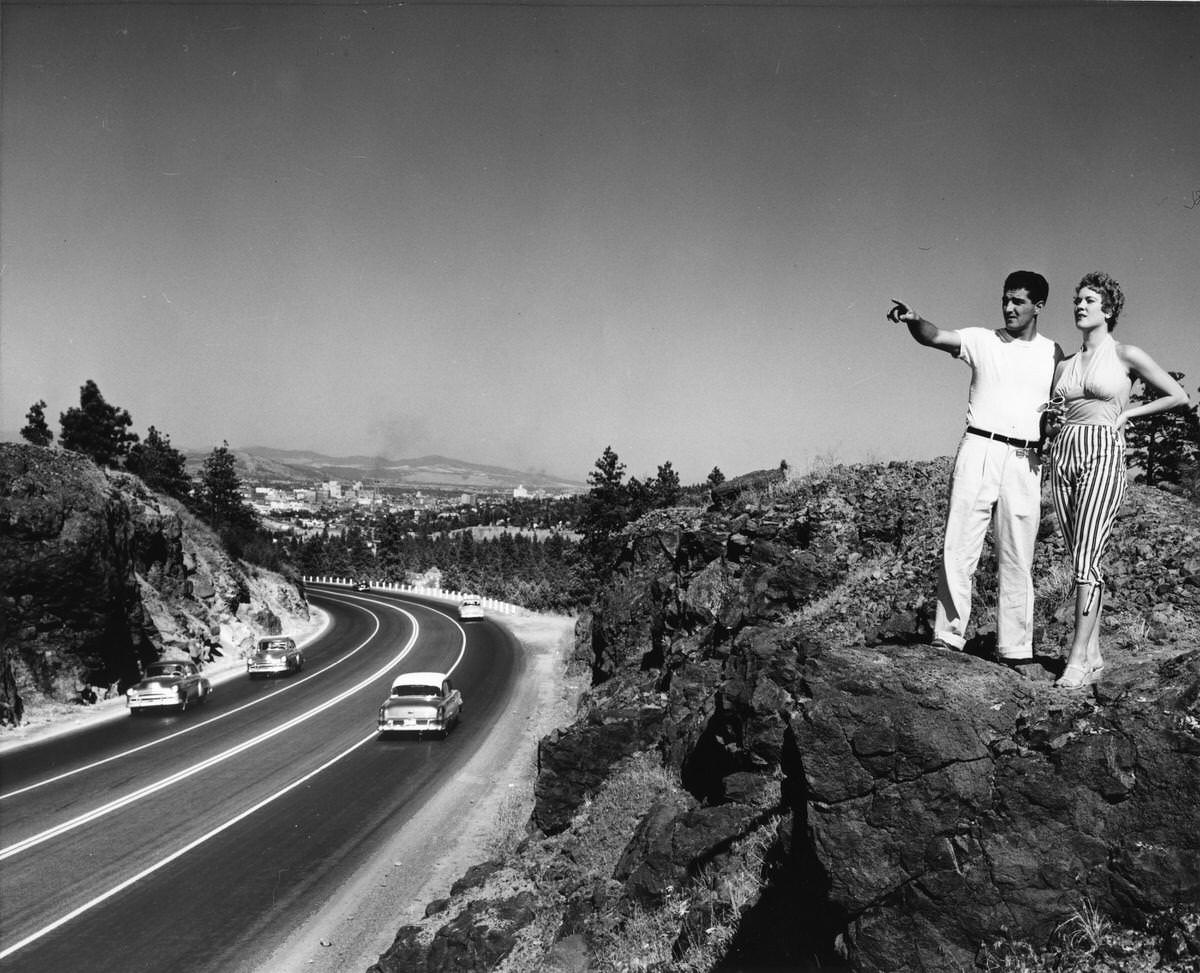
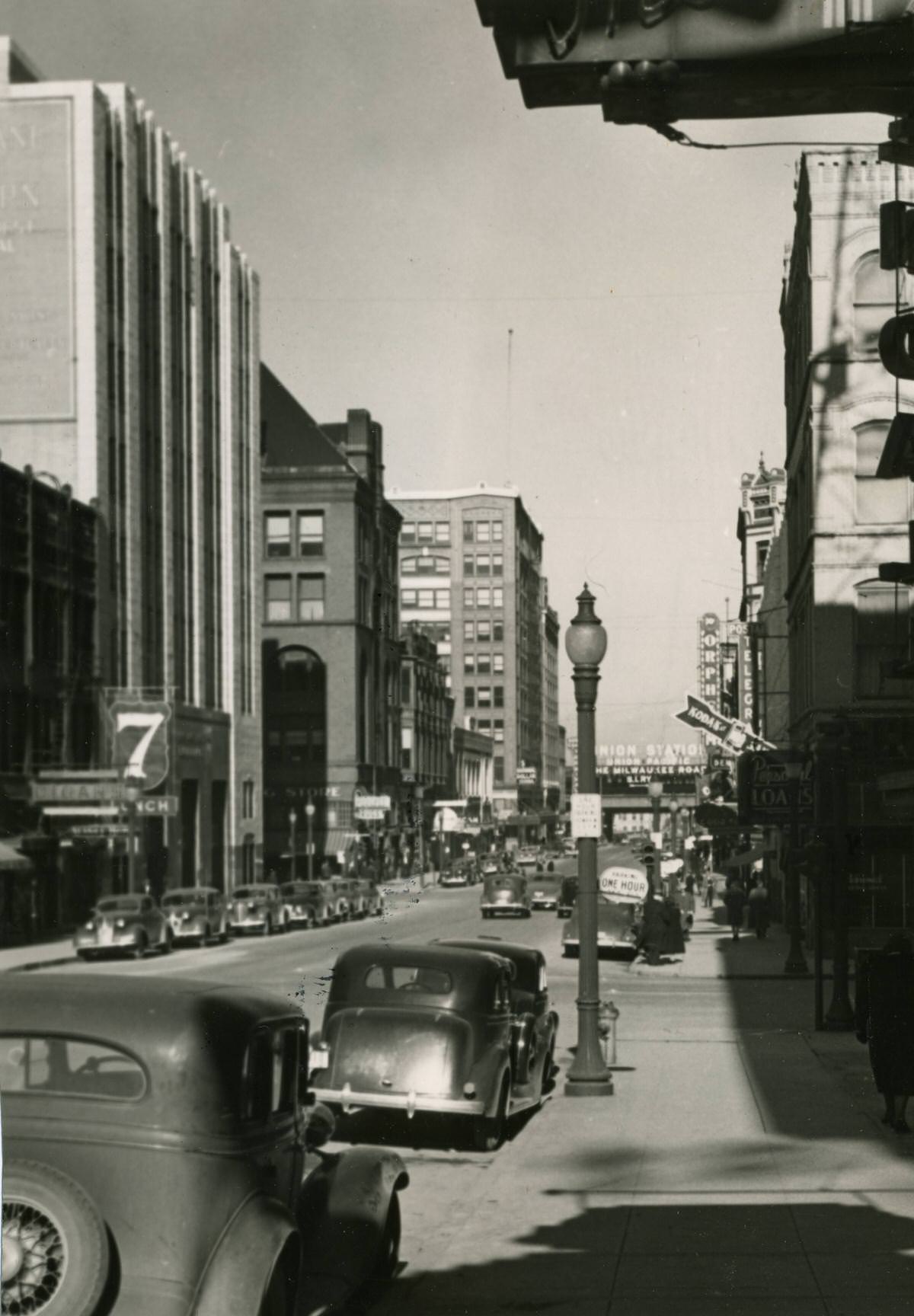
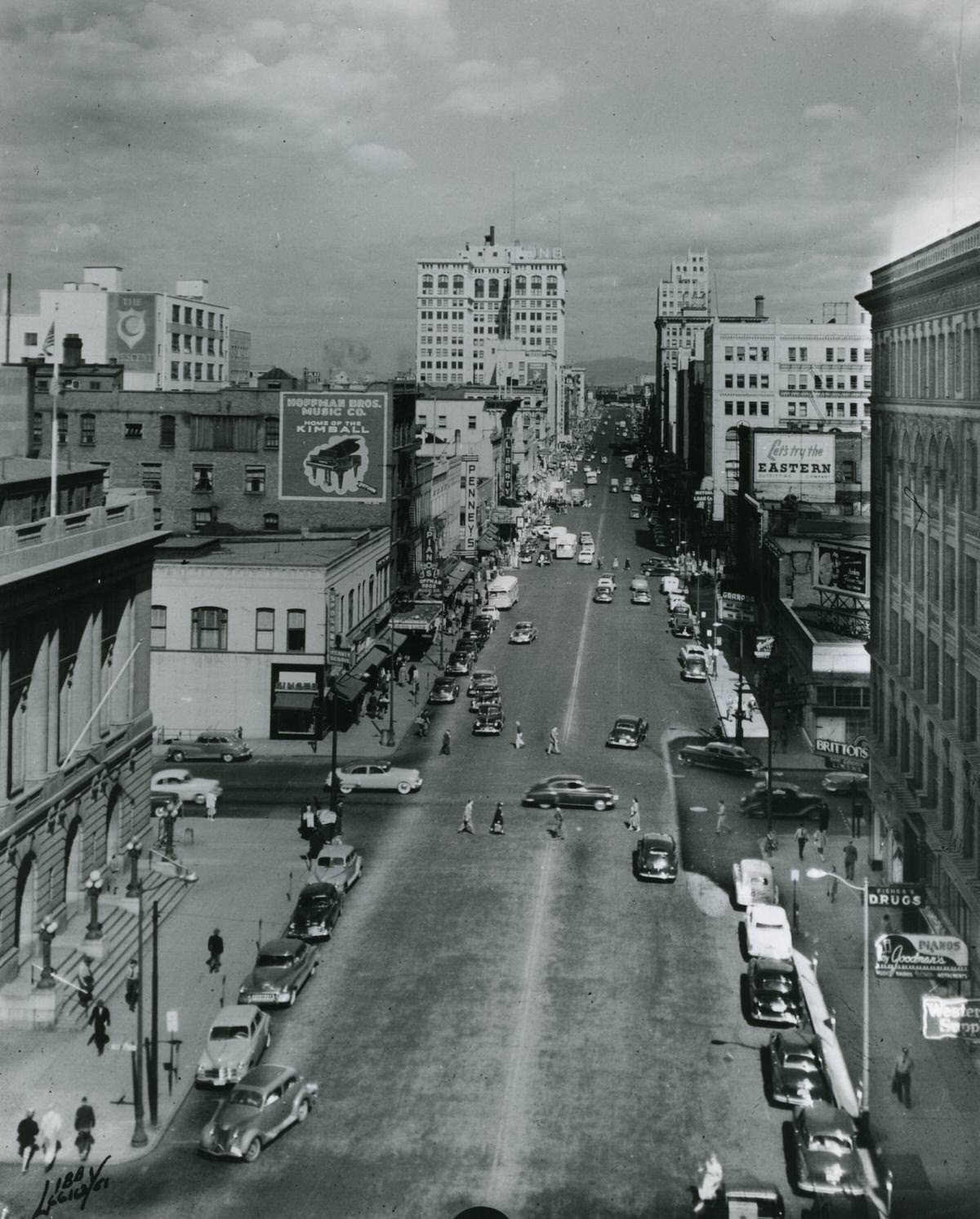
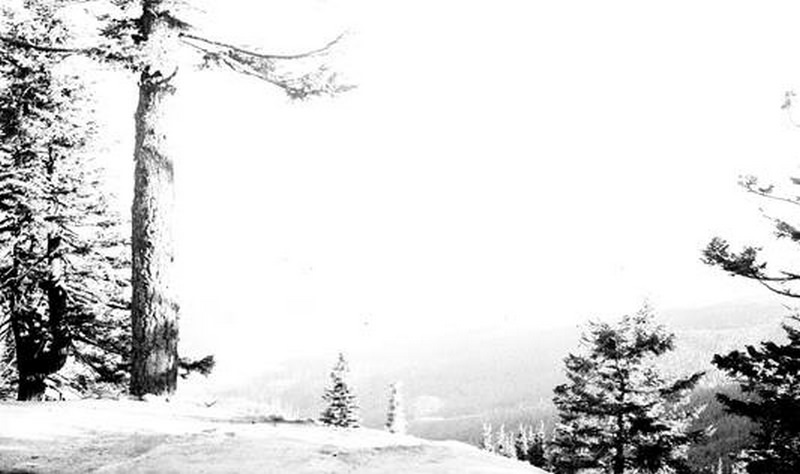
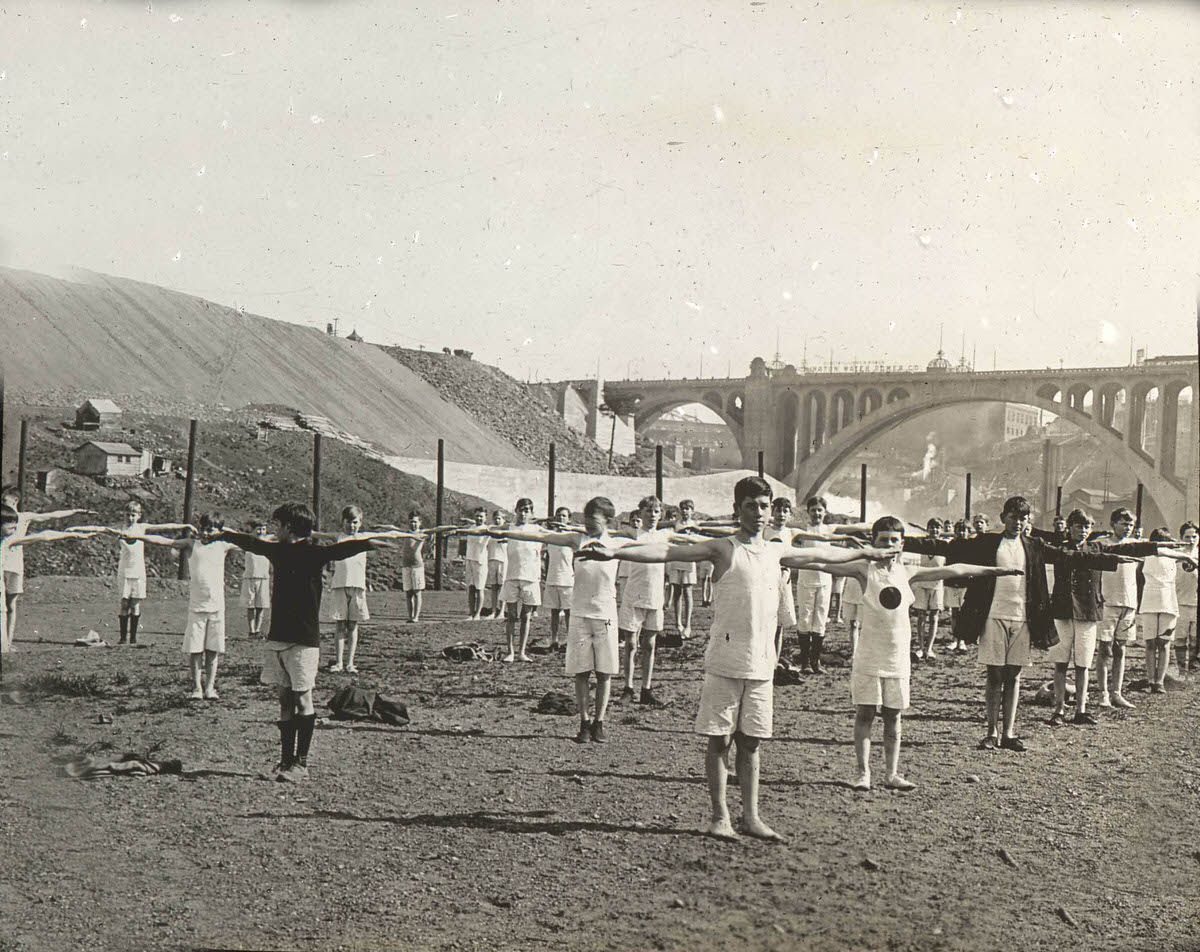
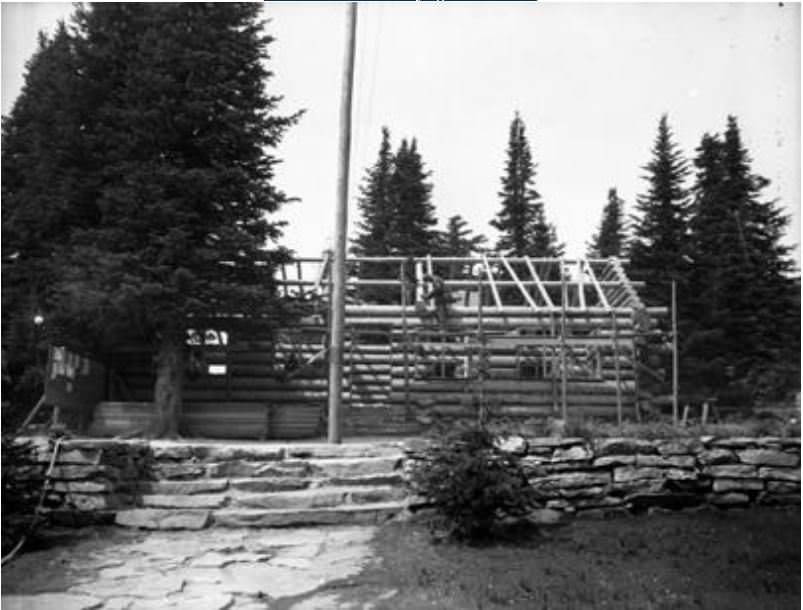
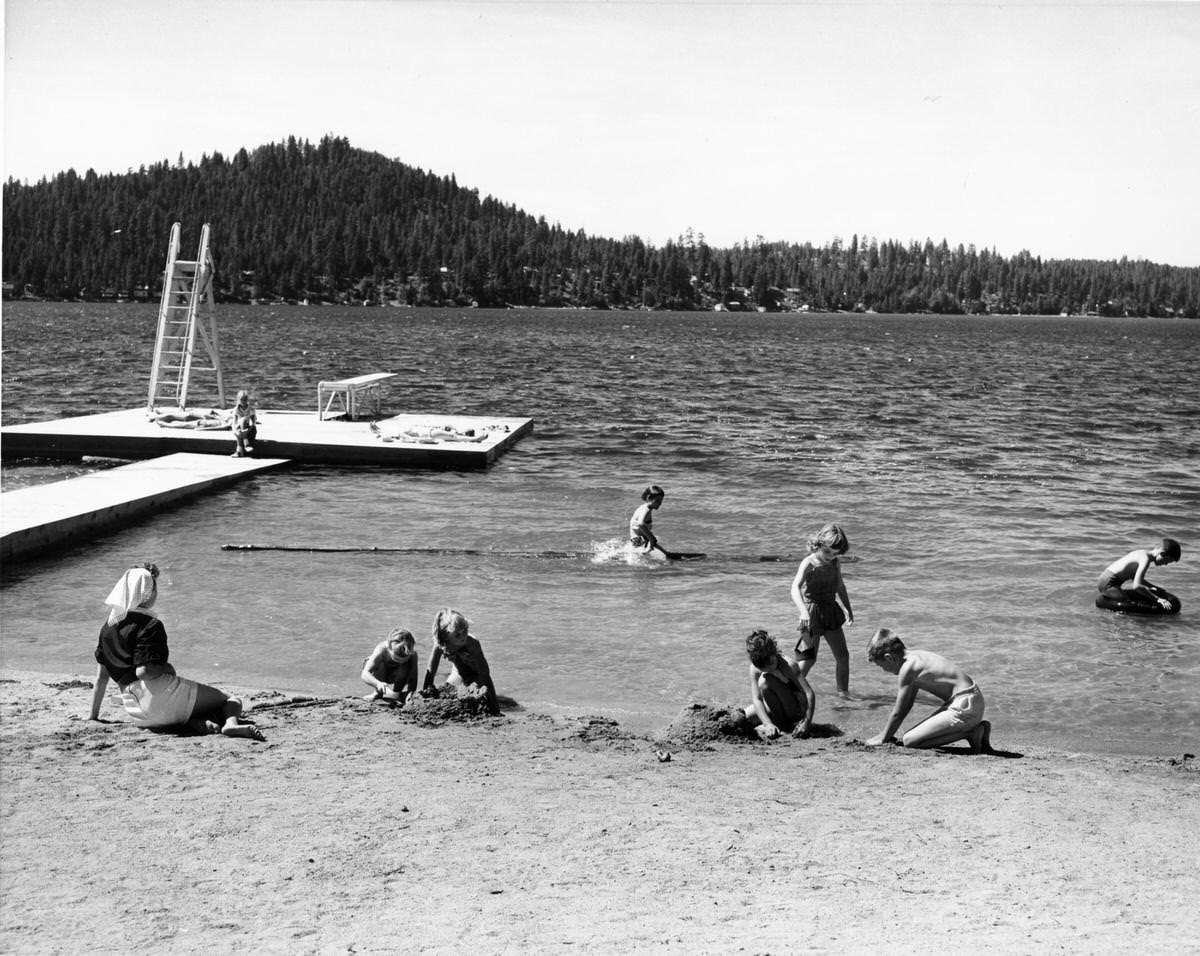
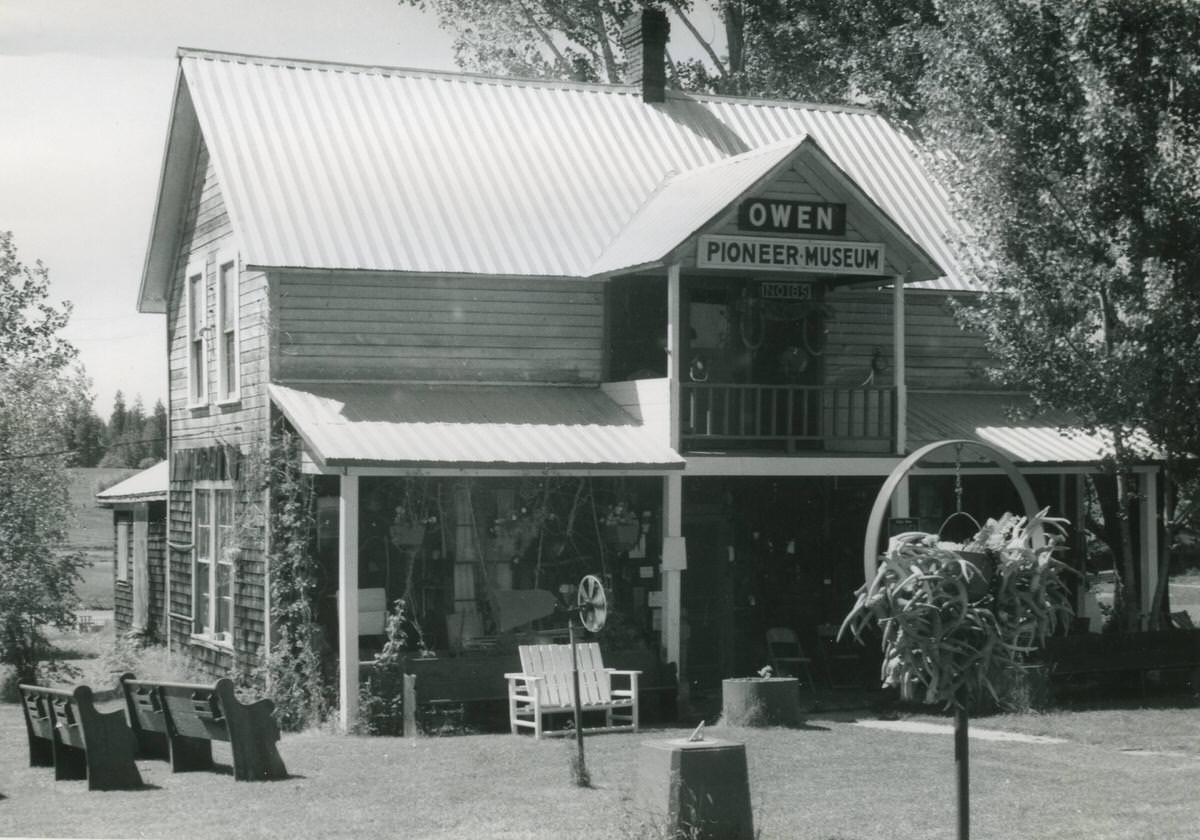
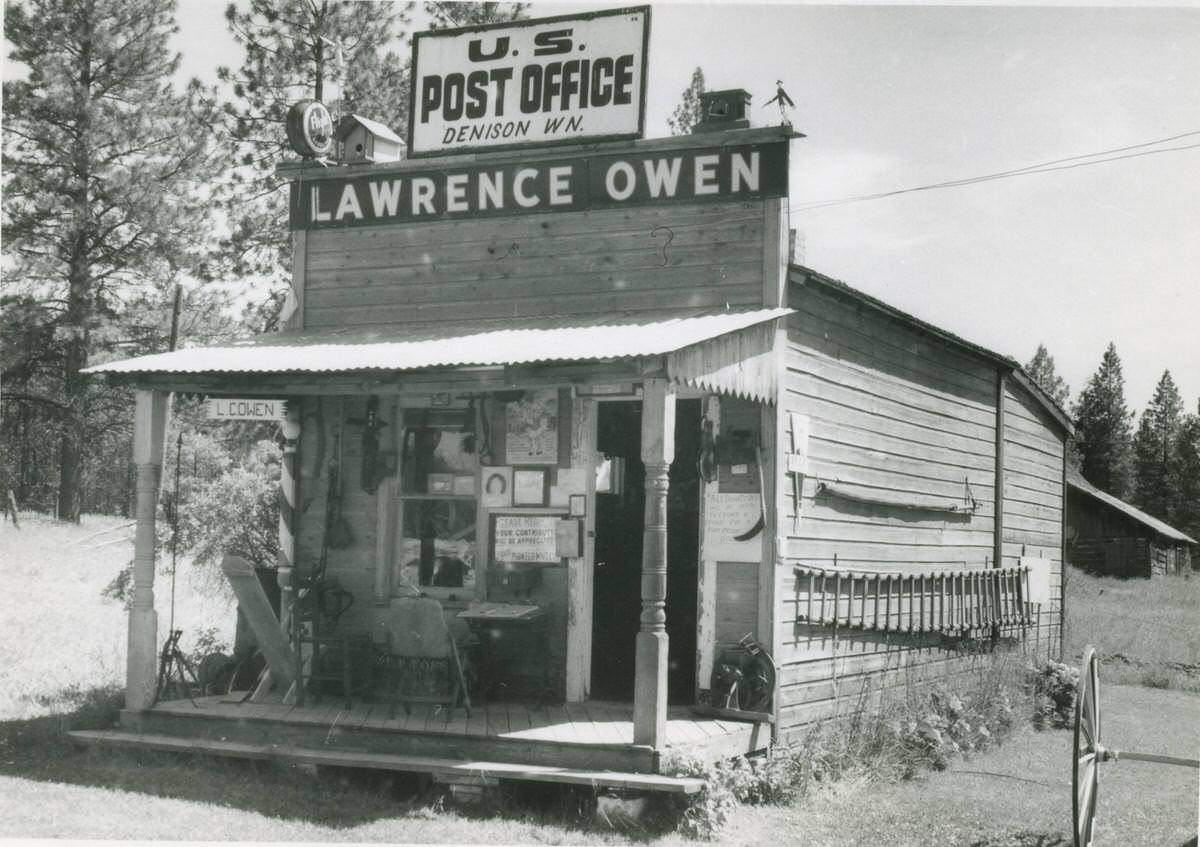
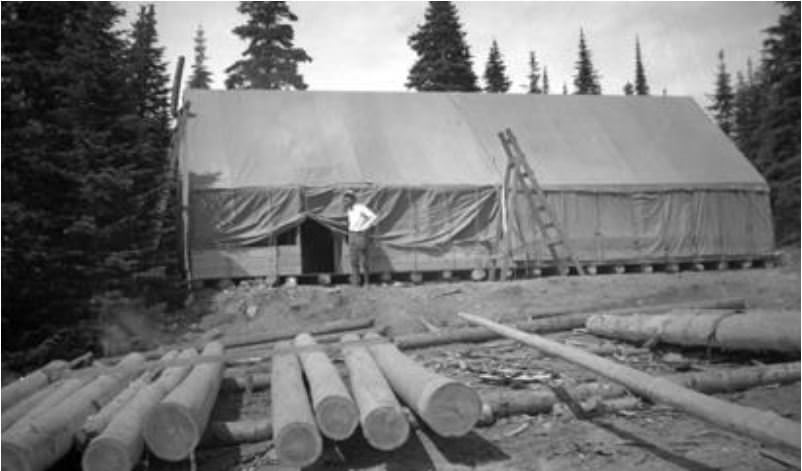
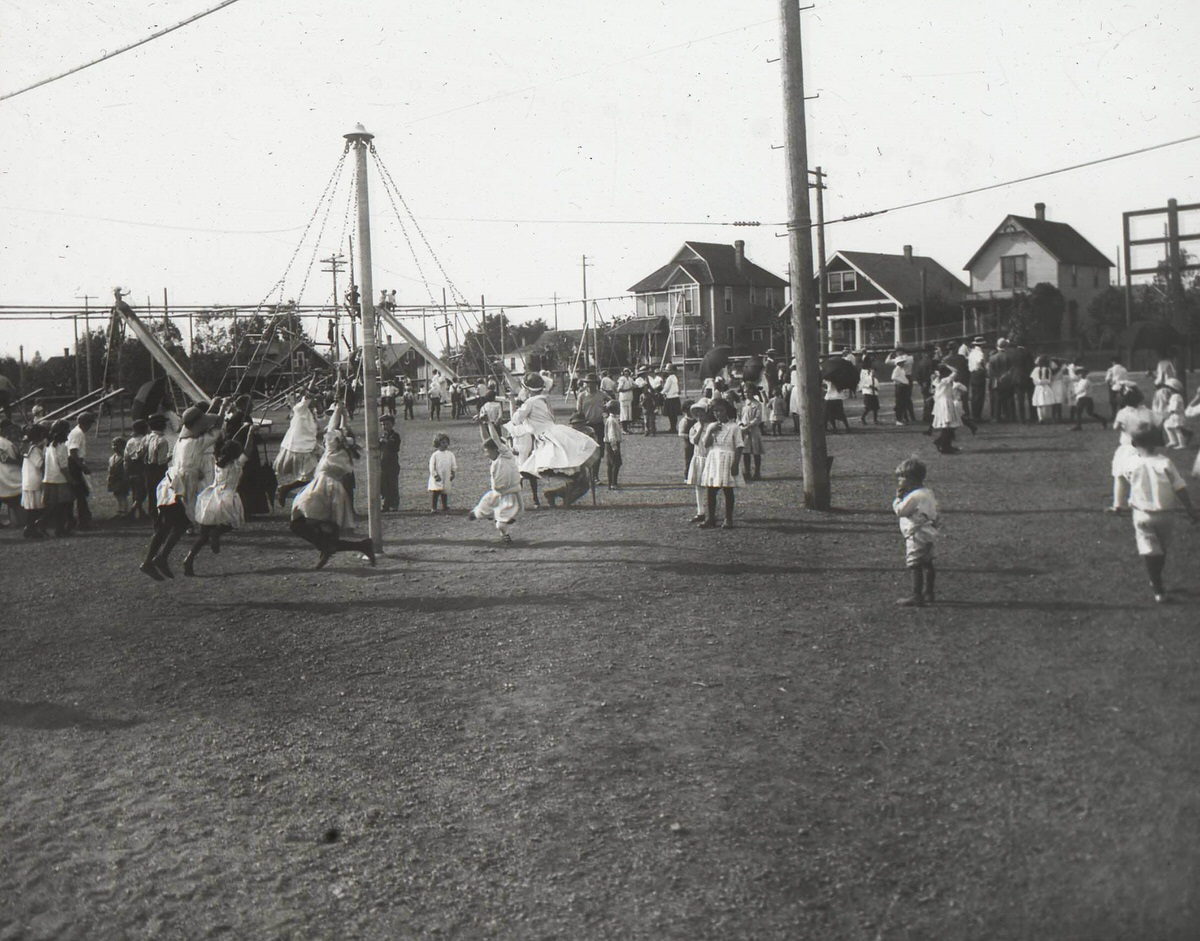
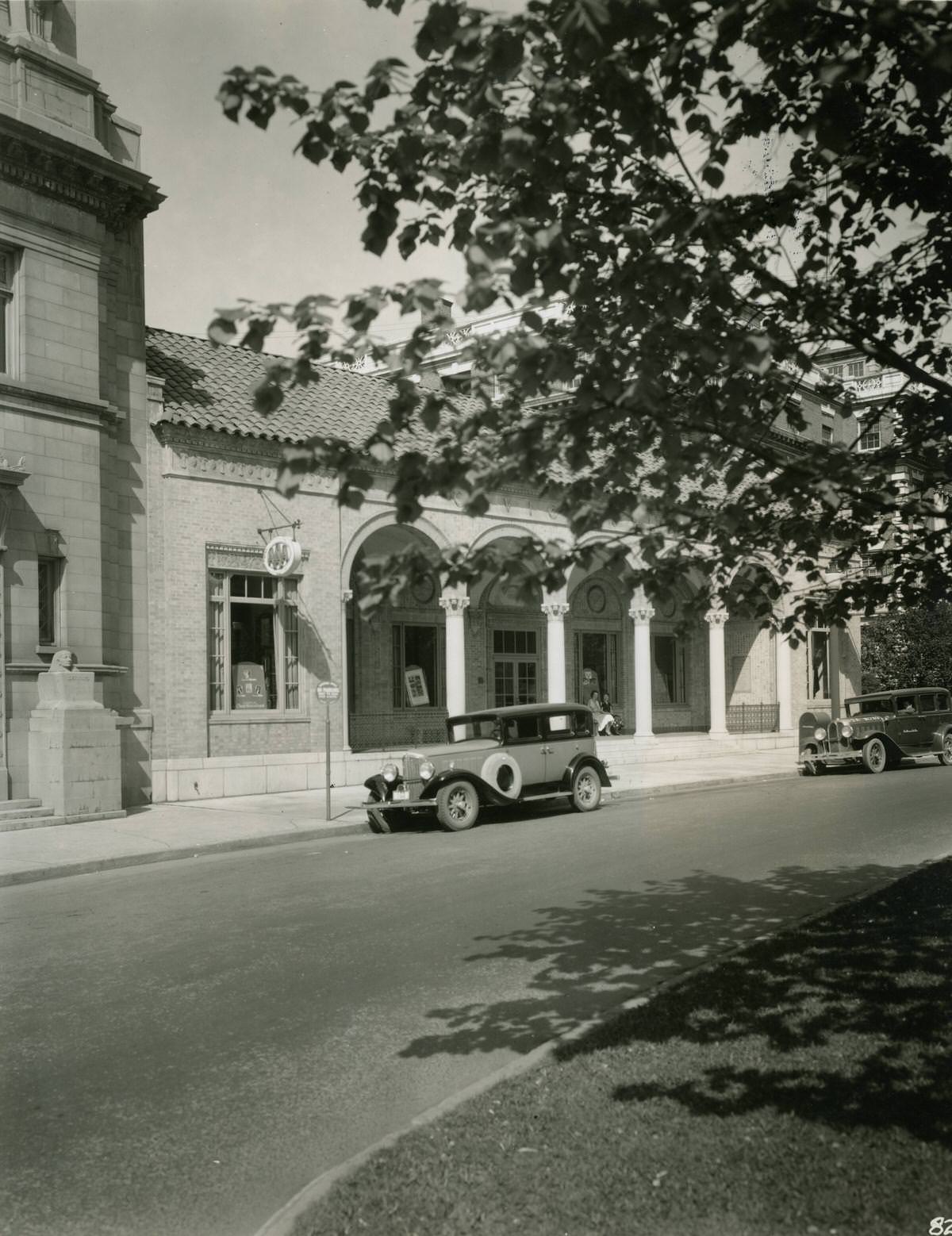
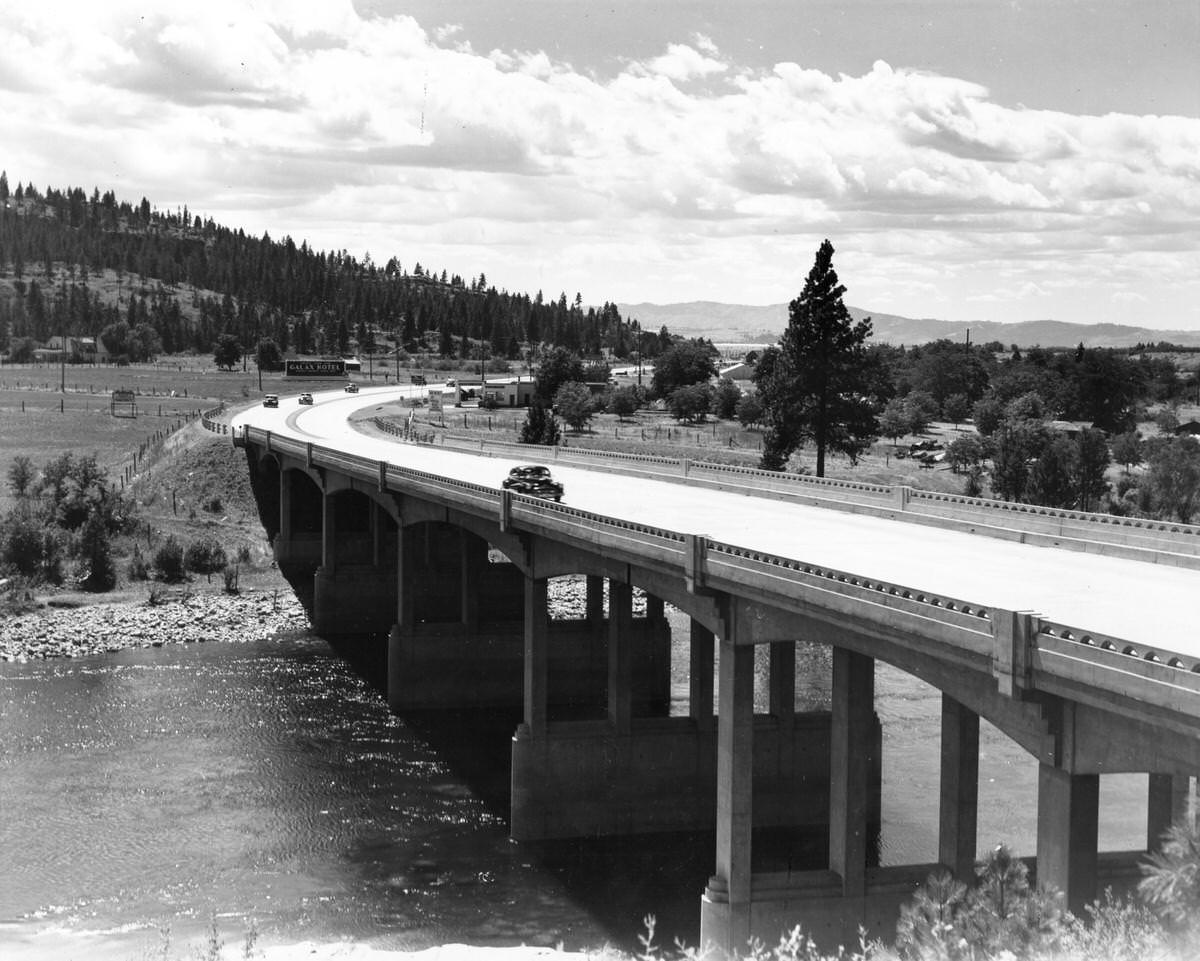
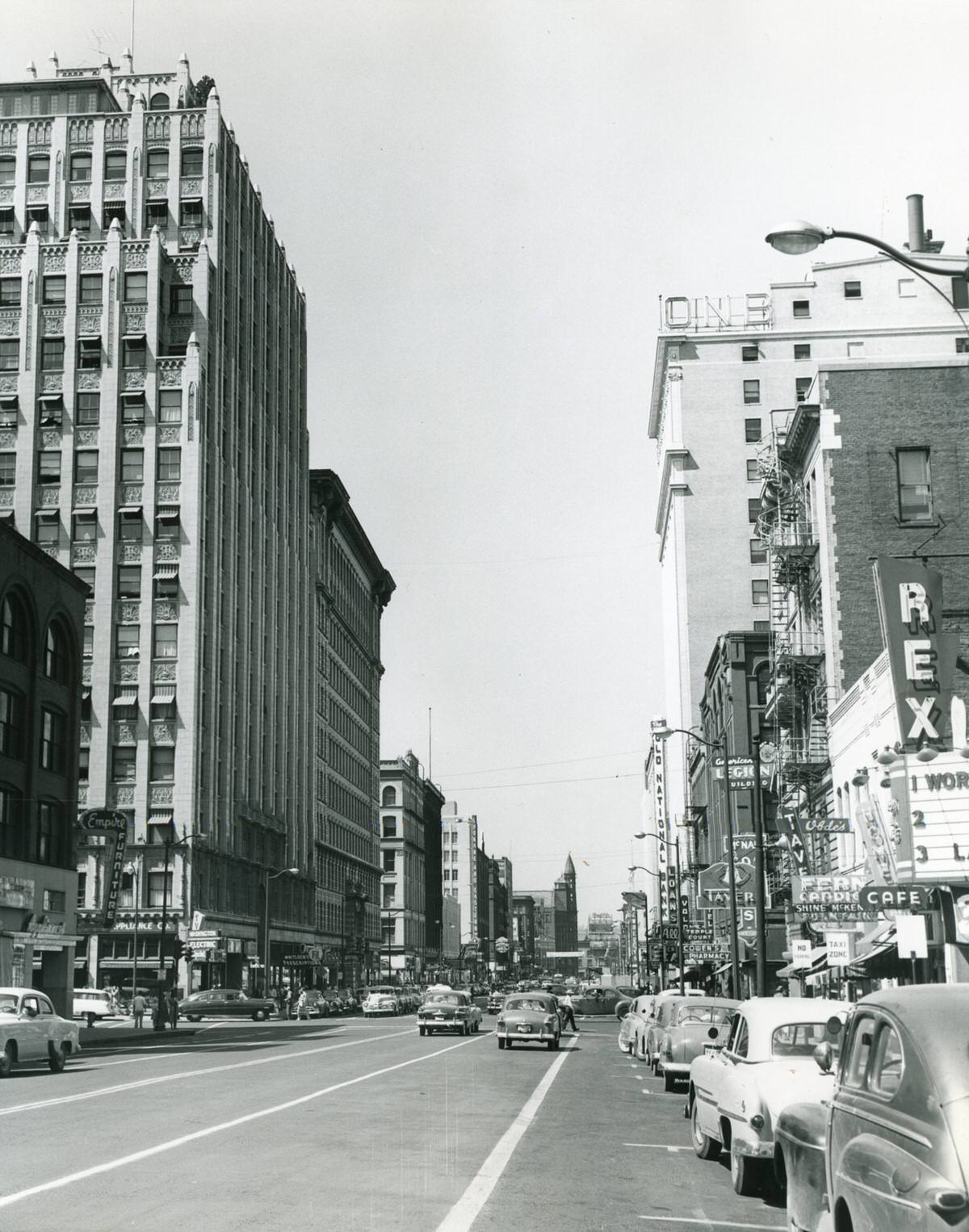
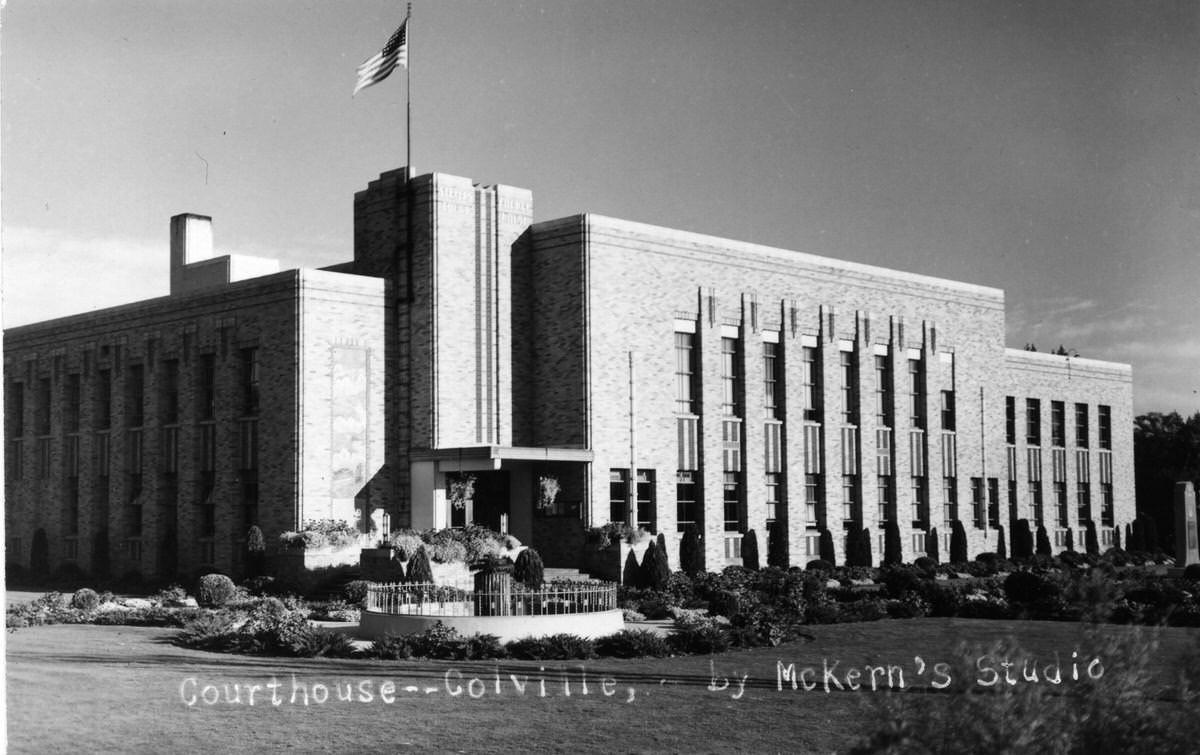
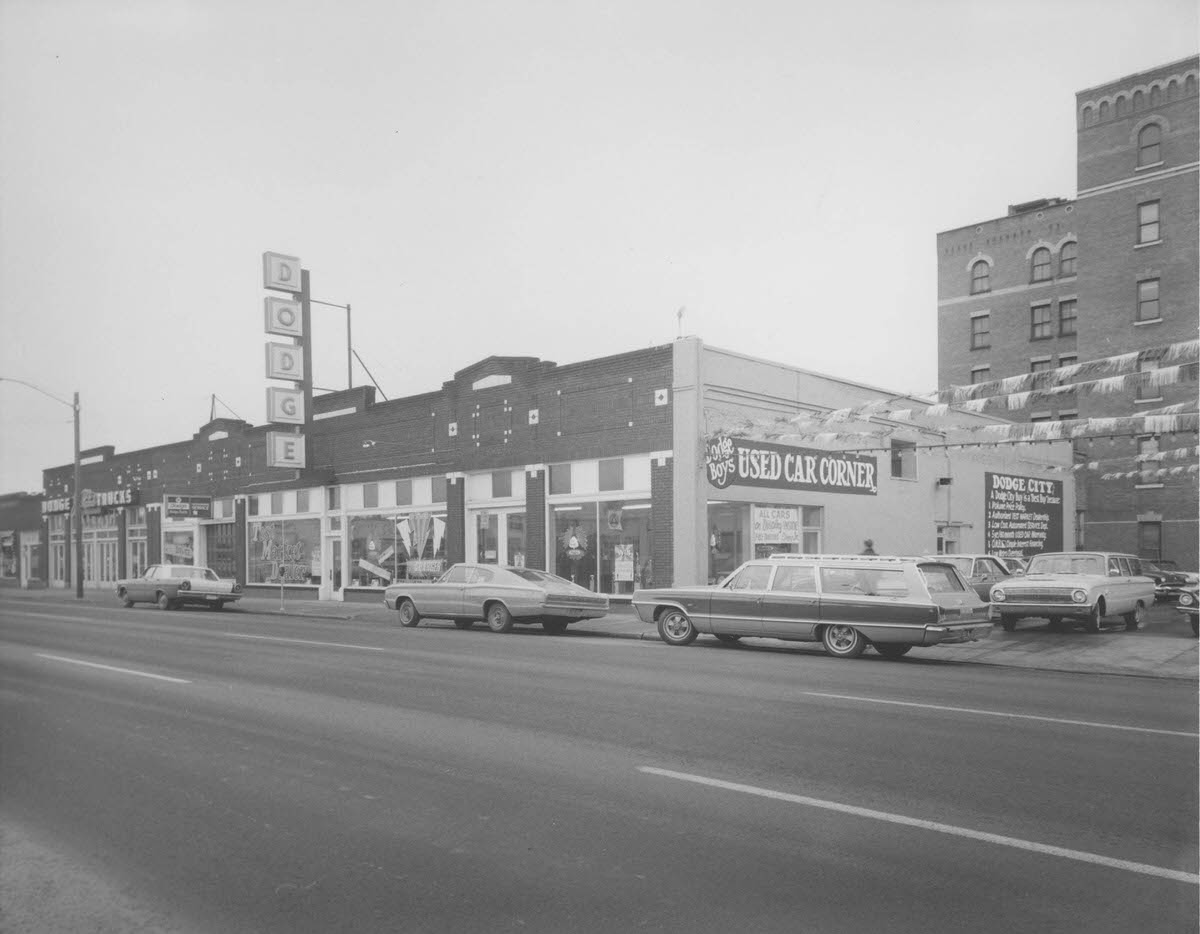
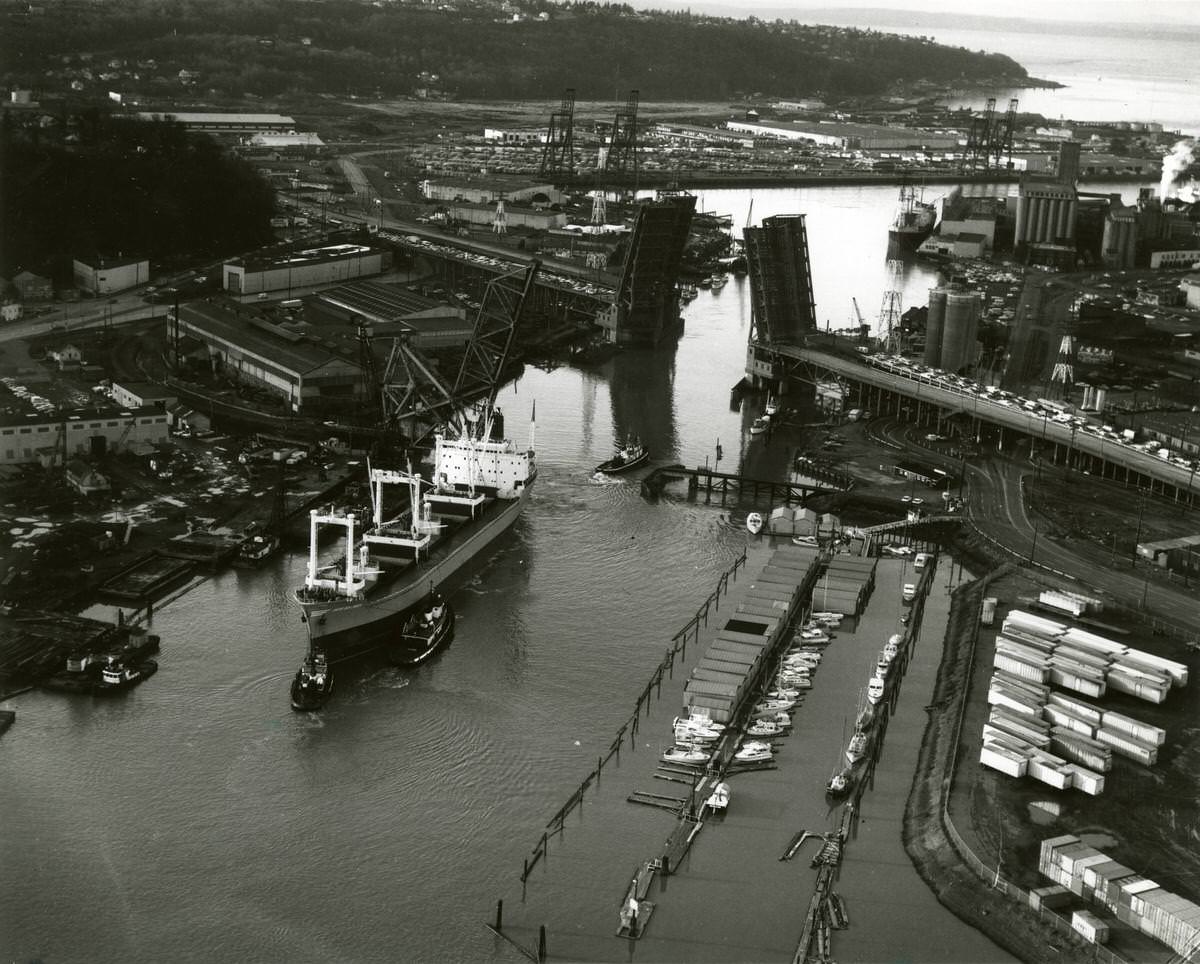
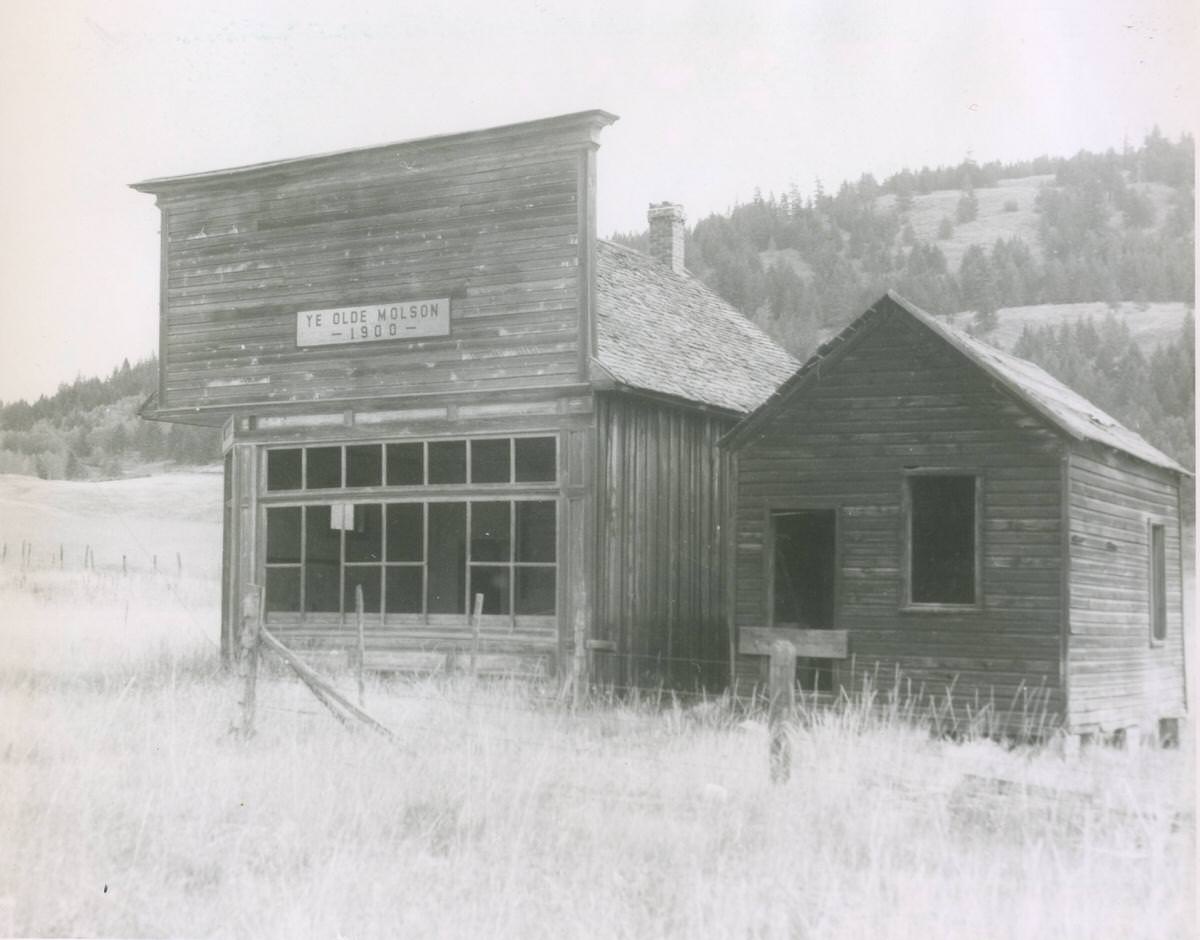
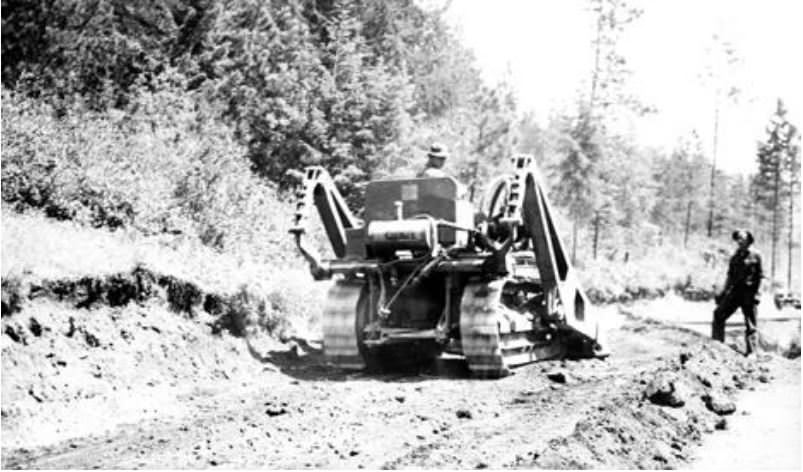
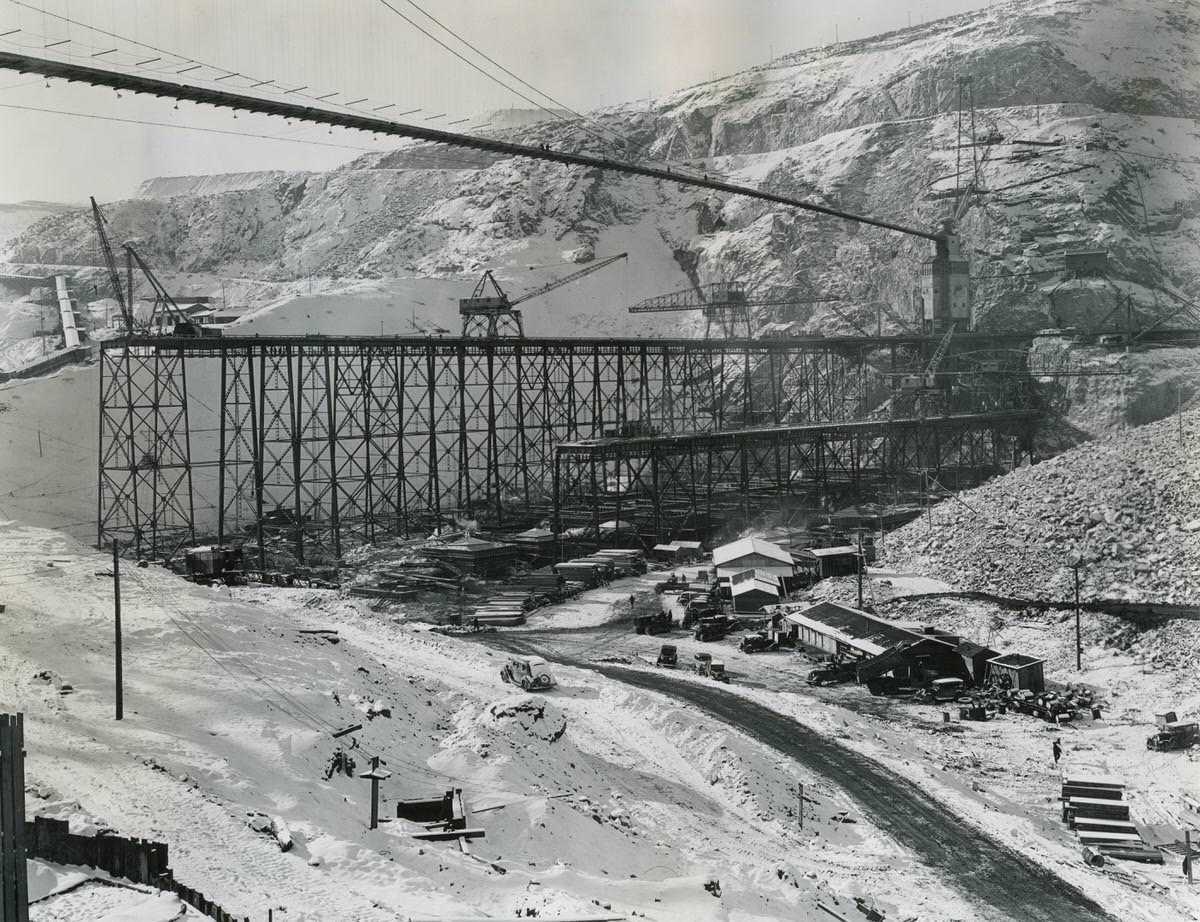
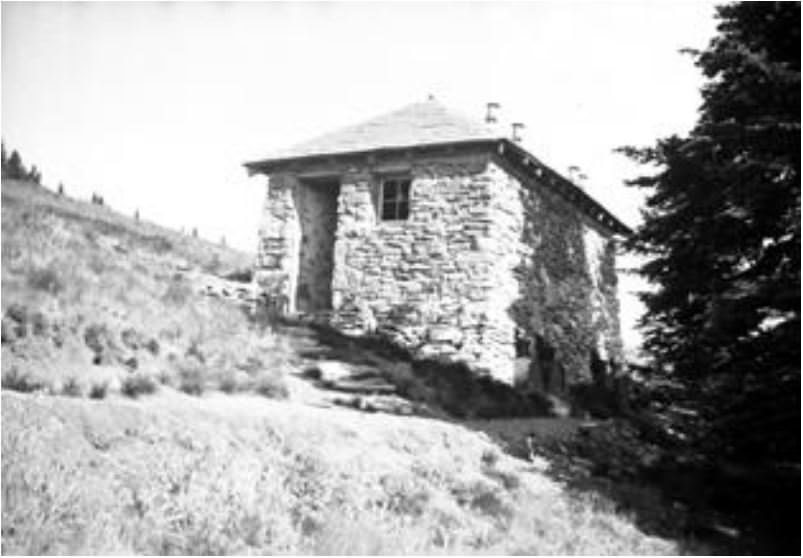
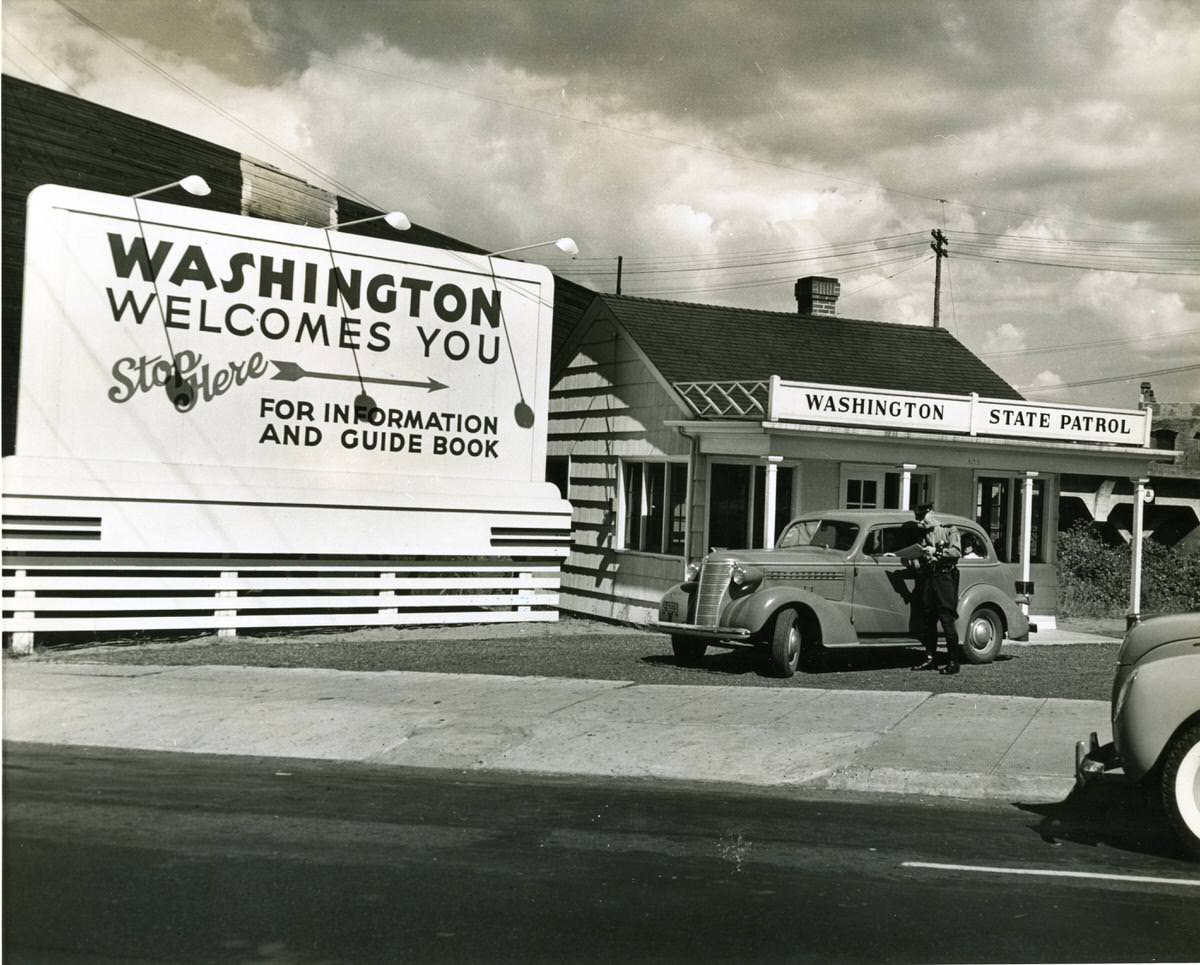
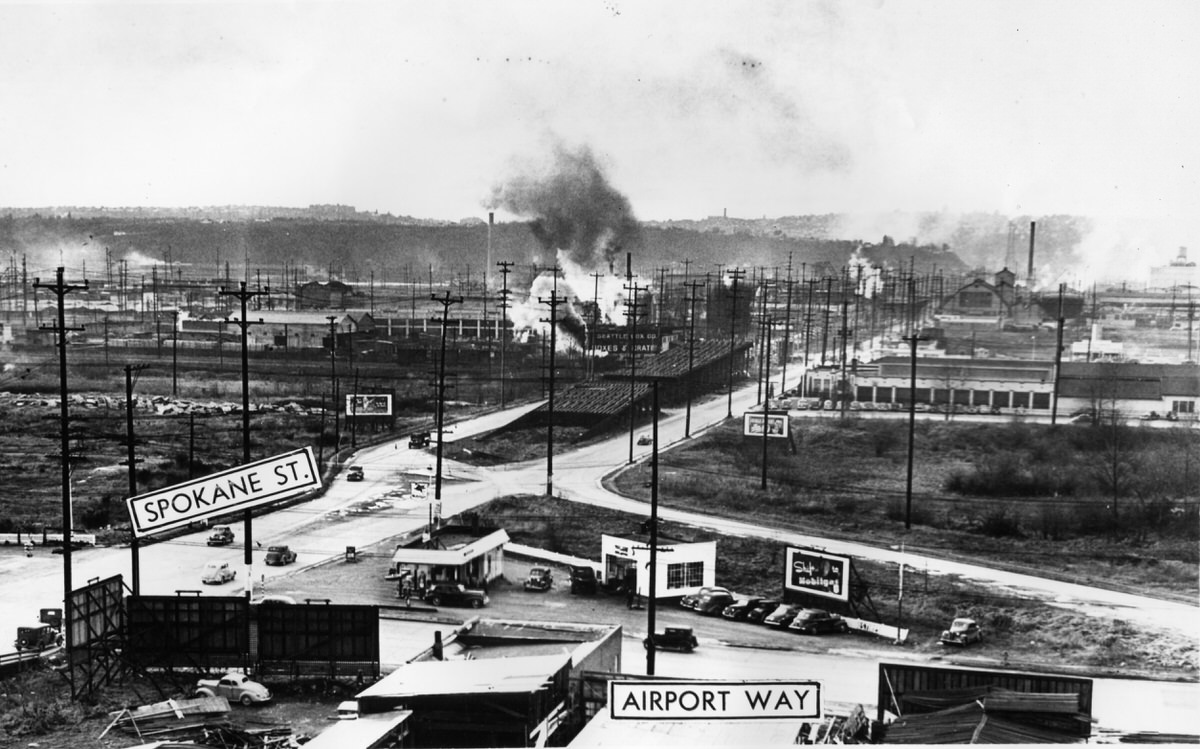
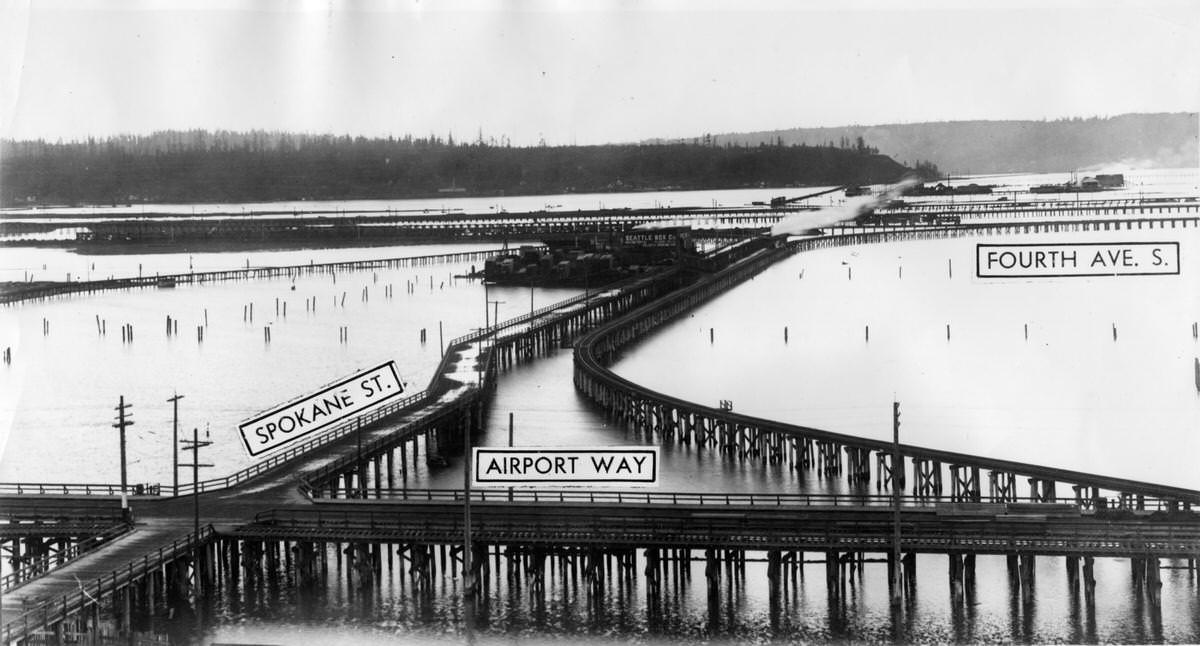

After my great grandmother passed away in the 70s, we found boxes of glass negatives in her house. Her home dates back to the late 1800s. We ended up giving the negatives to a museum. Several photos showed the aftermath of the great fires in 1889.
Nicer than today …
That’s so cool; thanks for sharing this!
Early 1900s Spokane was a cool city, as the pictures demonstrate. Spokane was the richest town in North America (#1 per capita income) during the silver boom and a major railroad hub during the roaring 20s. These mansions in Browne’s and Cannon’s additions, as well as in Corbin Park, are relics of a bygone era. Imagine riding a trolley to its own amusement park (Natatorium).
Loved these vintage snaps, thanks for this.
This website is the best place to find old pictures.
I’m pretty certain these were from the archives.